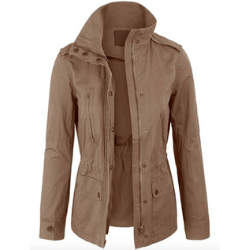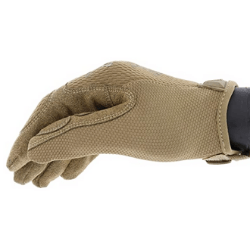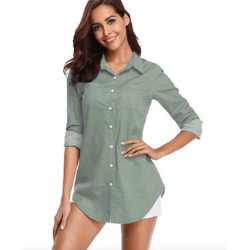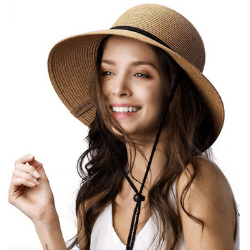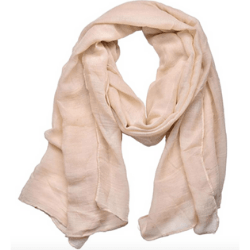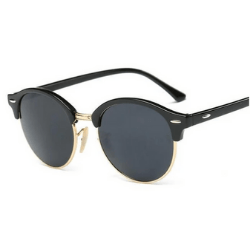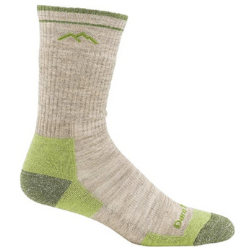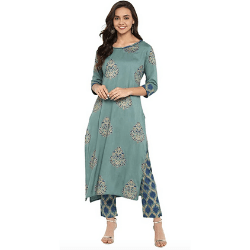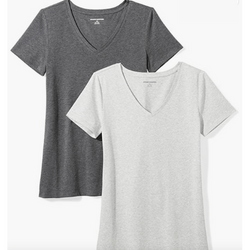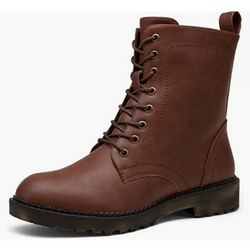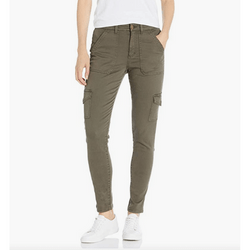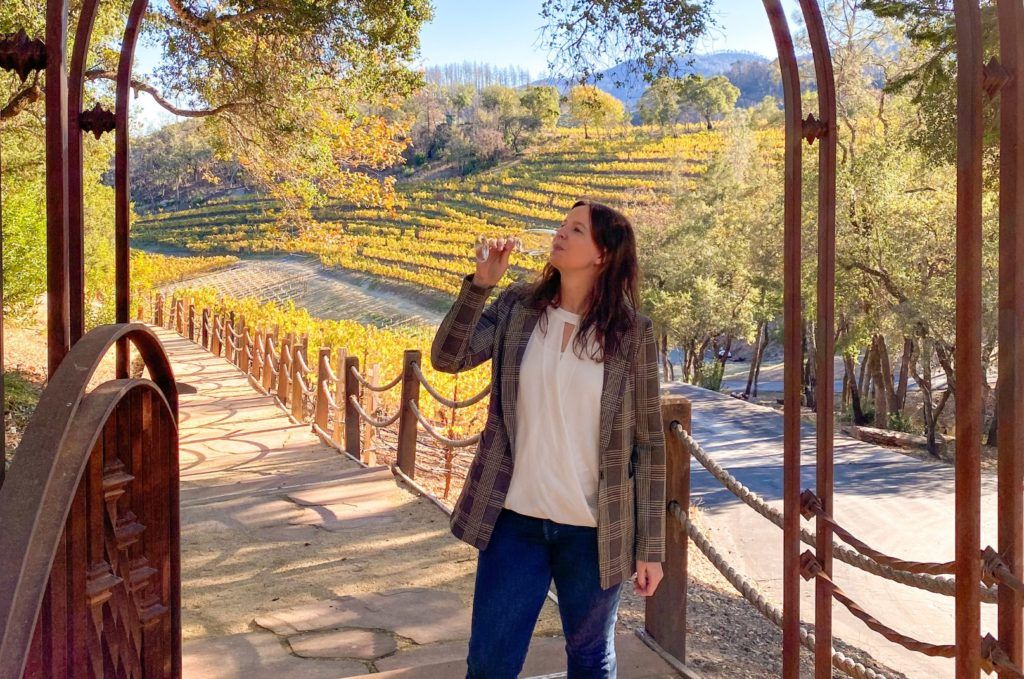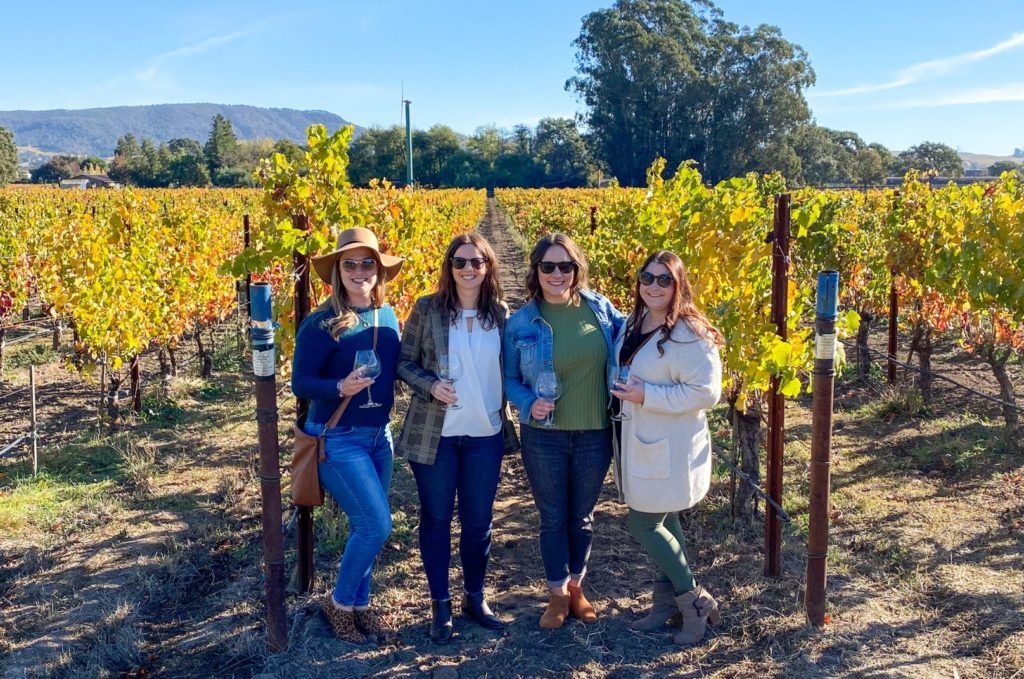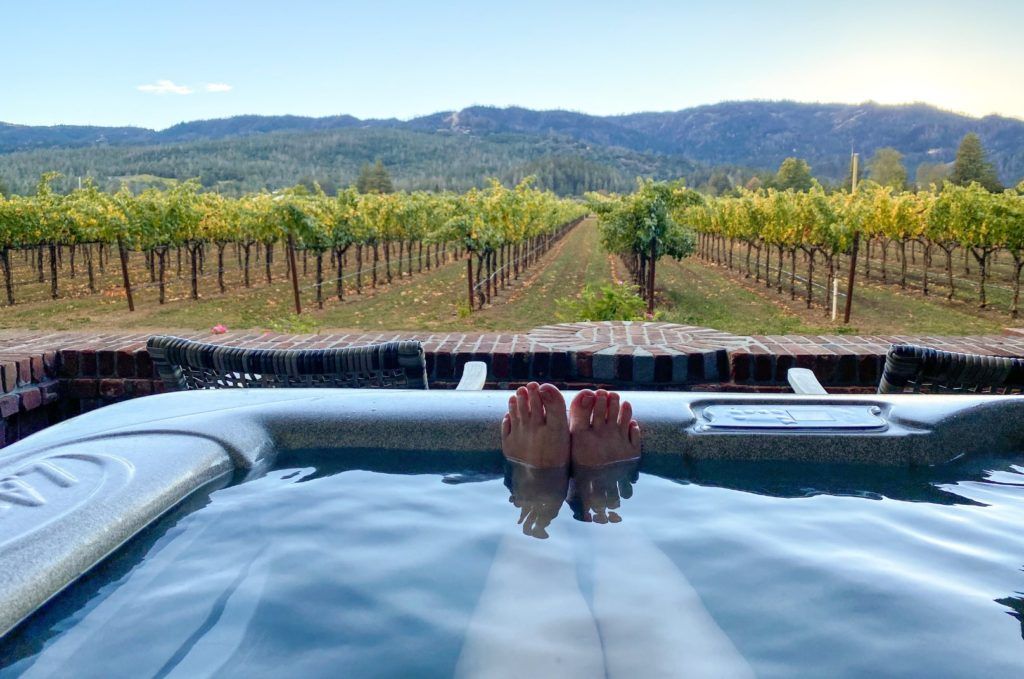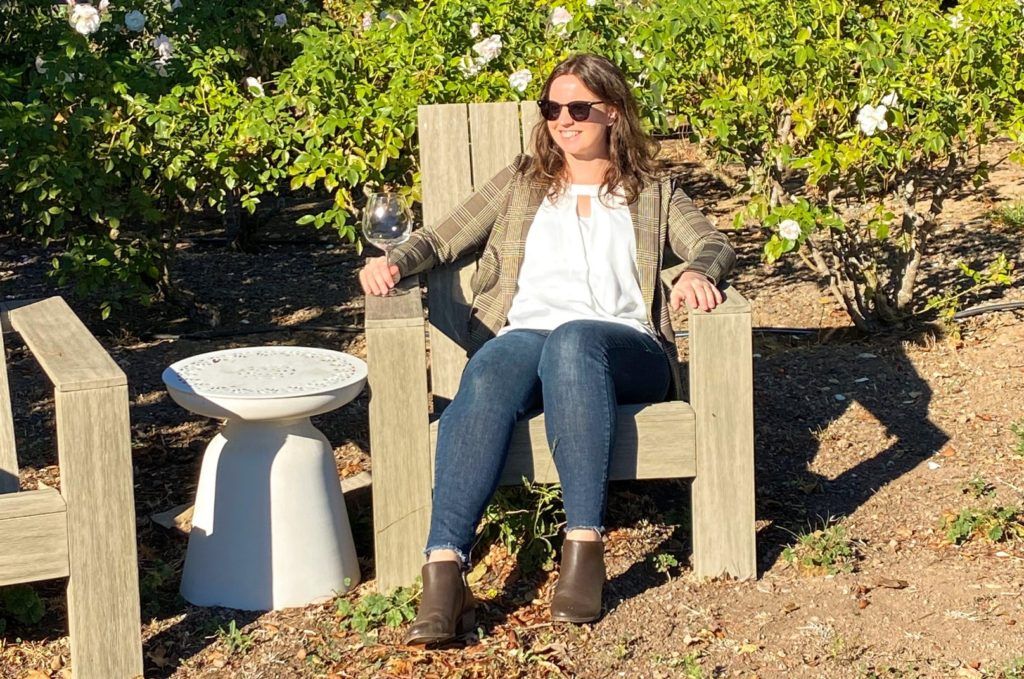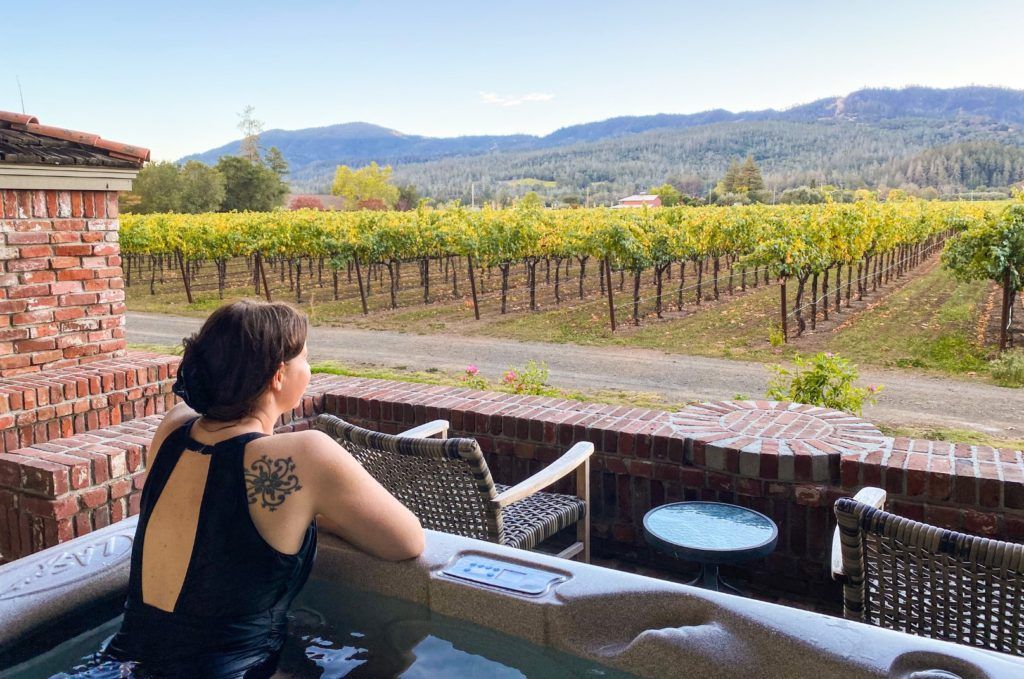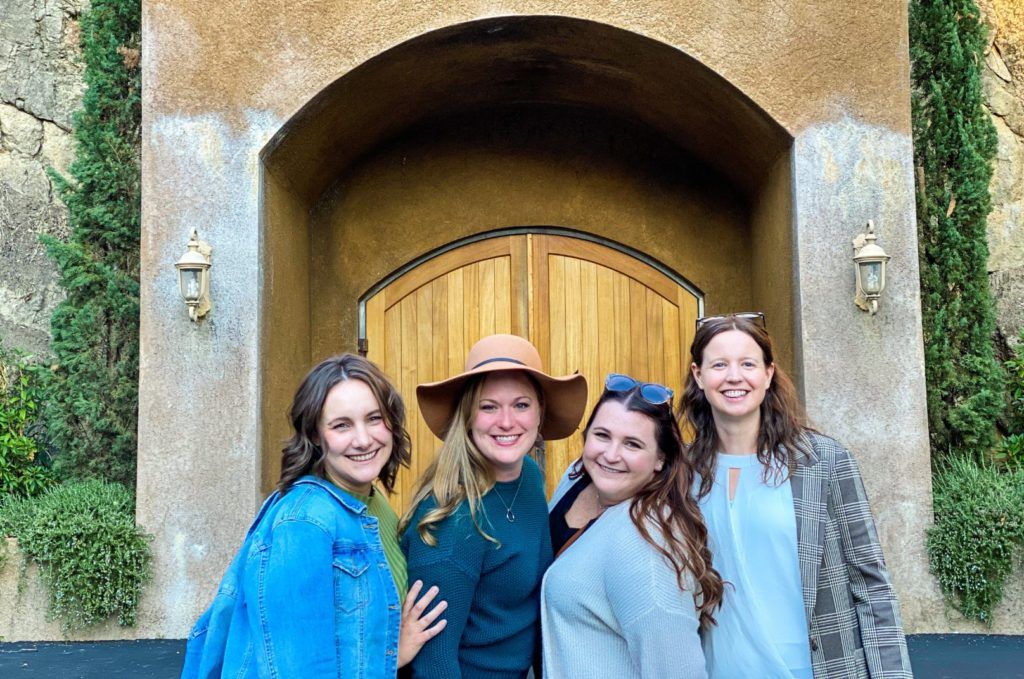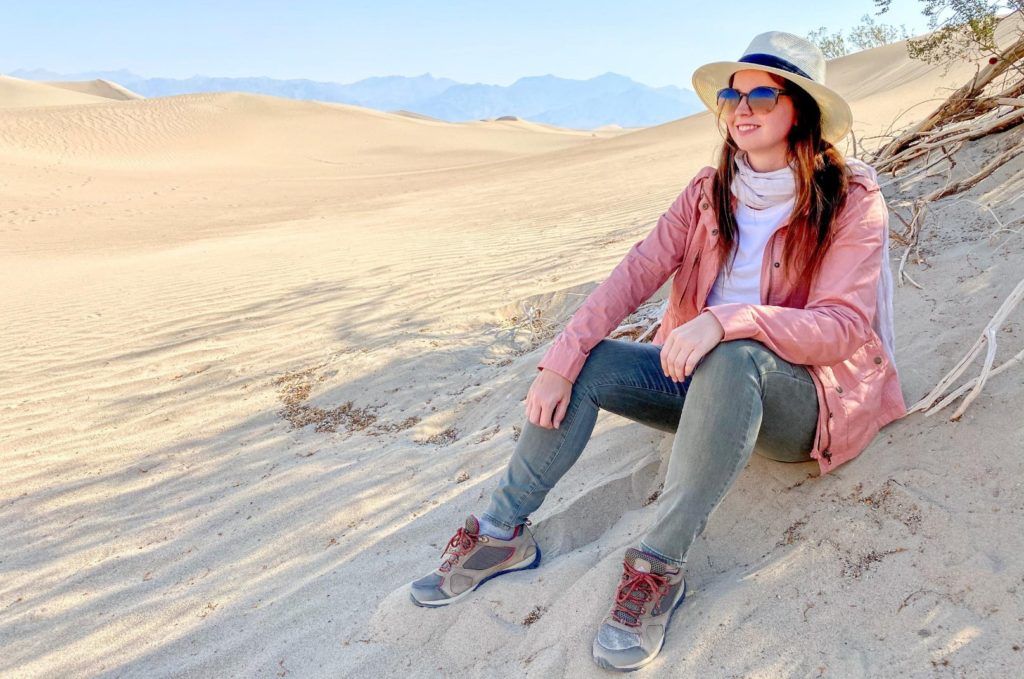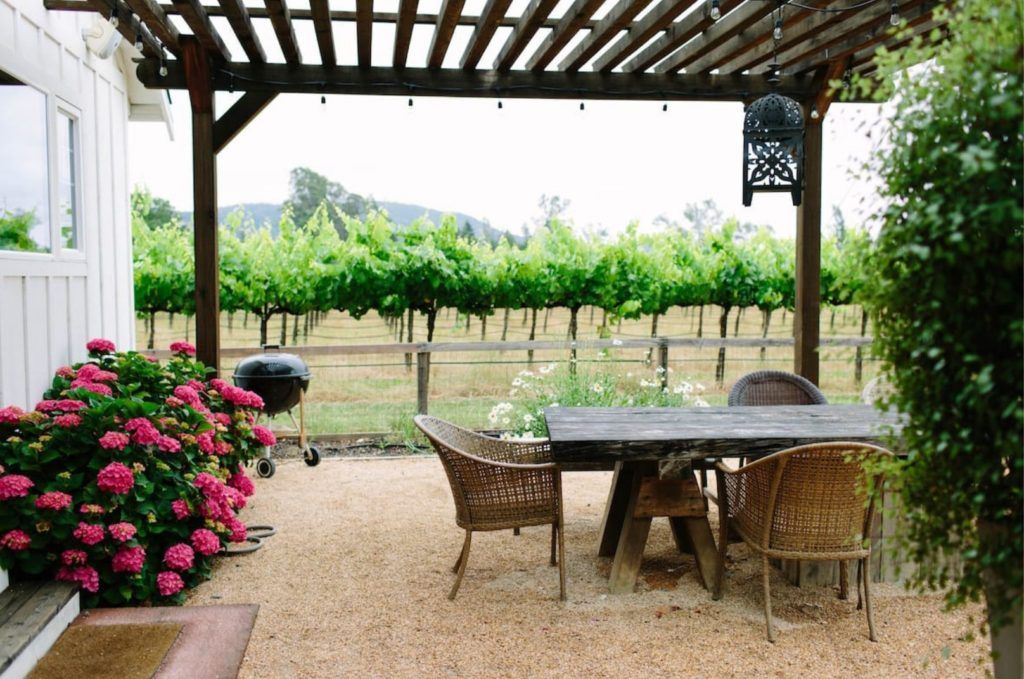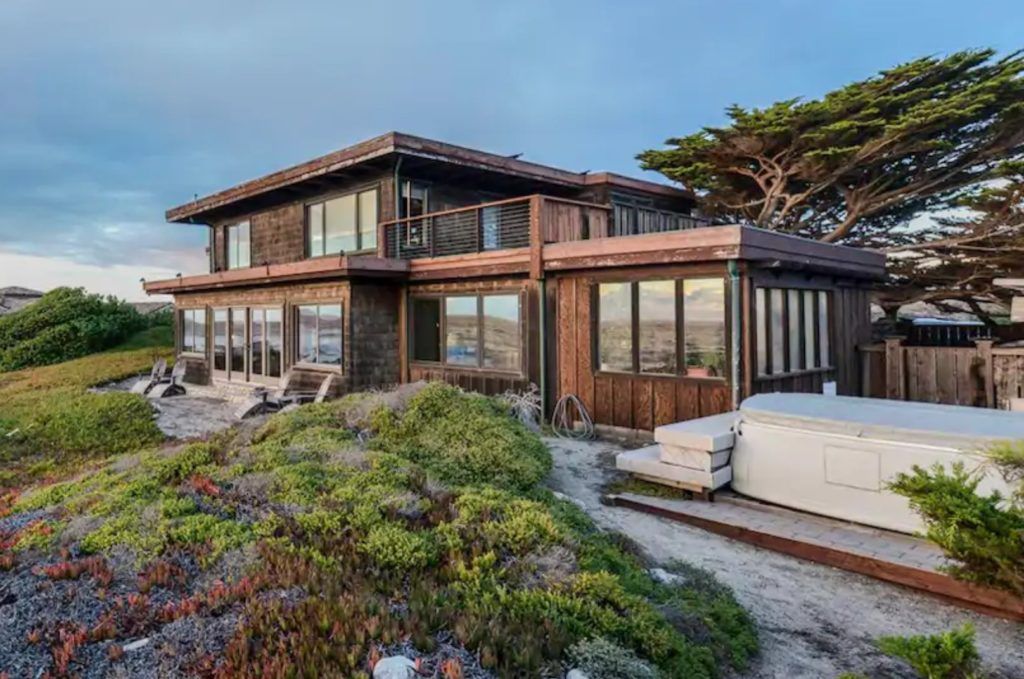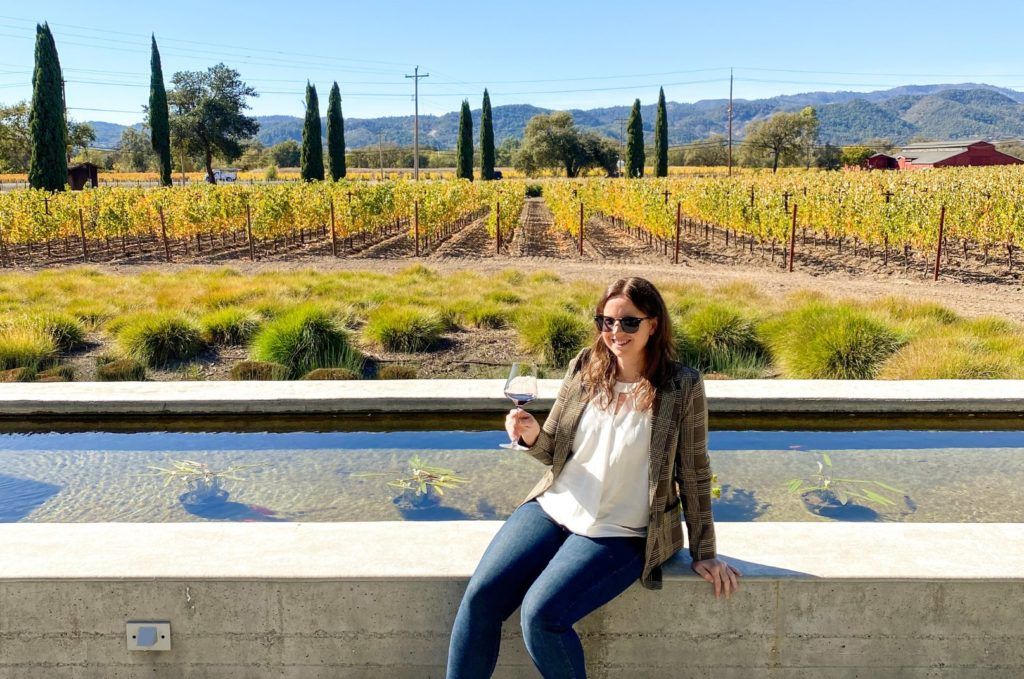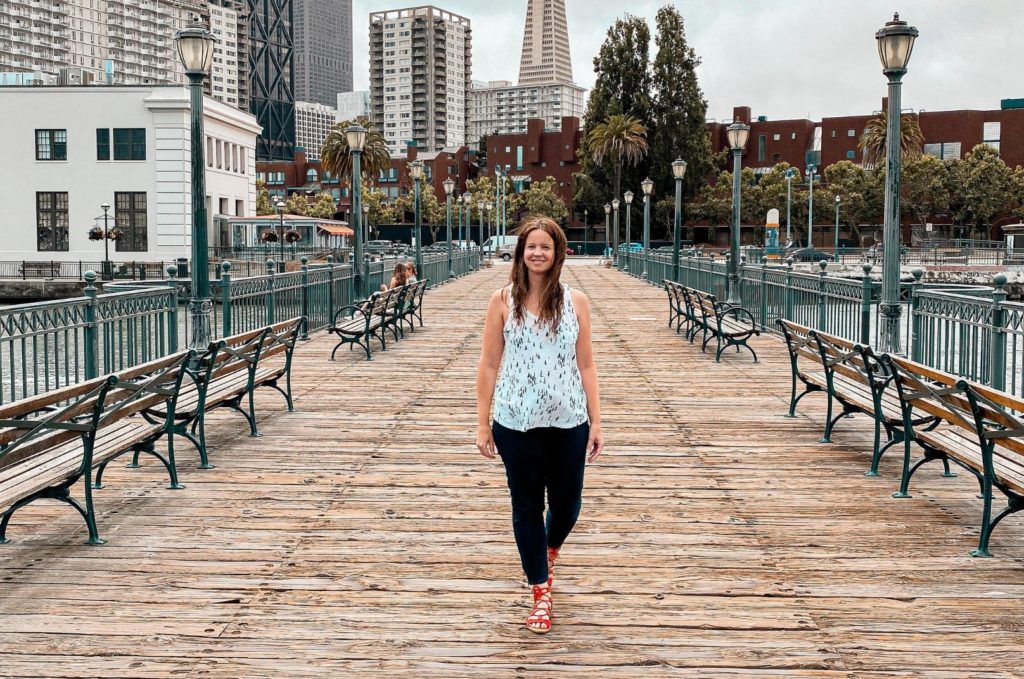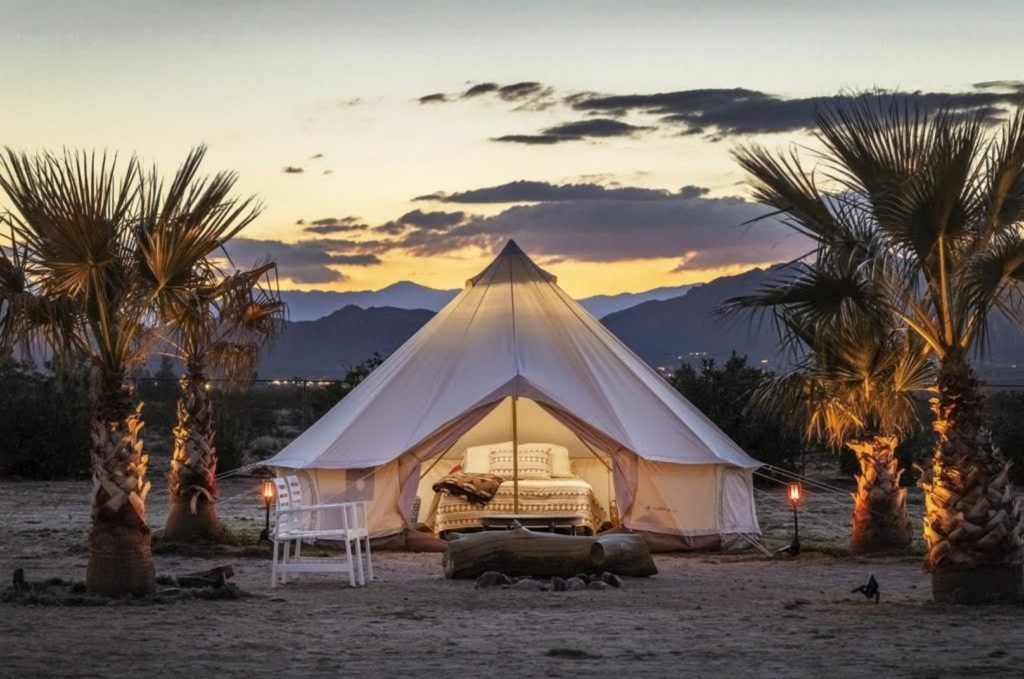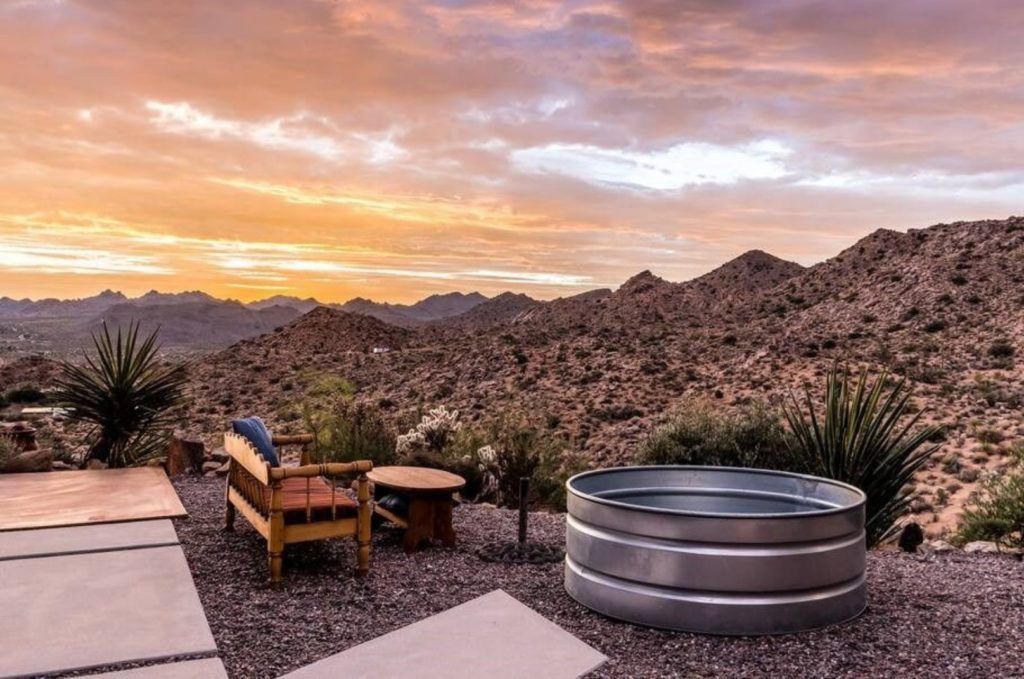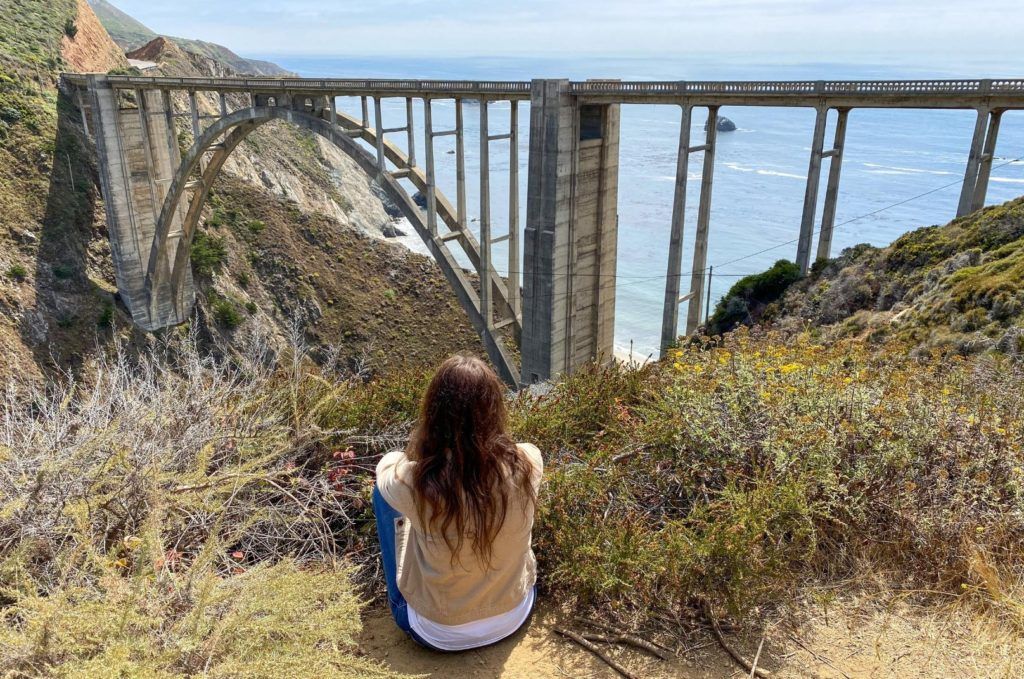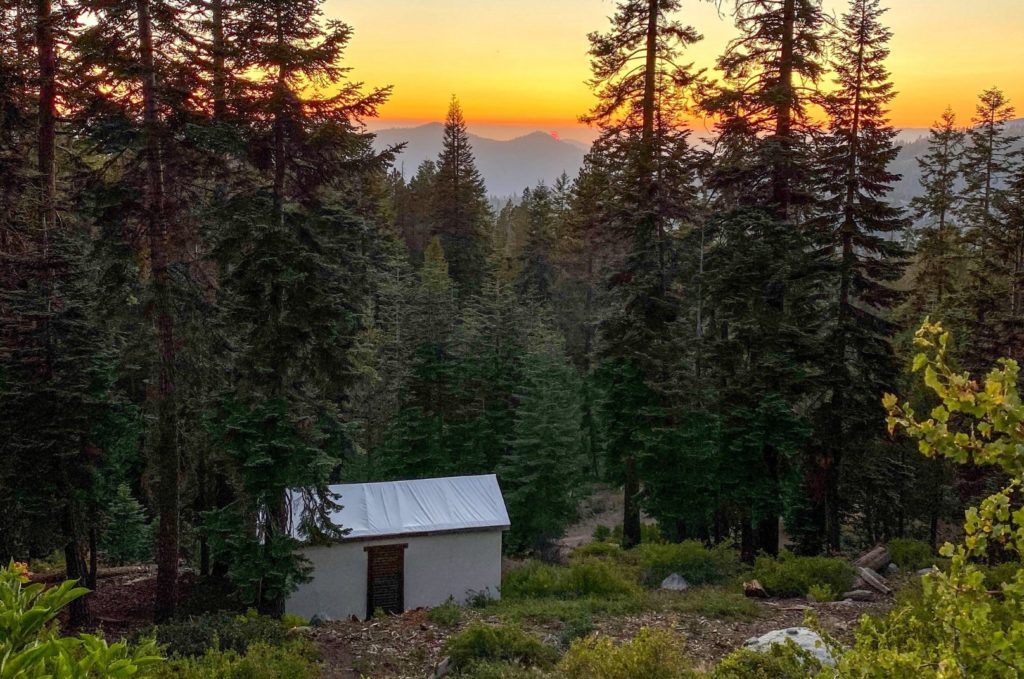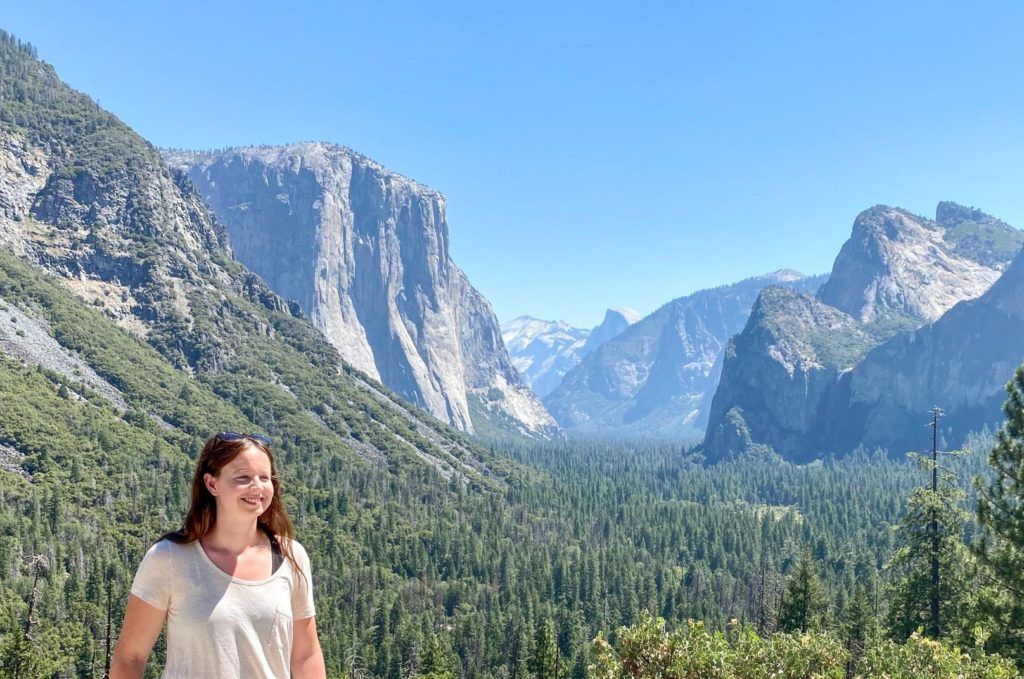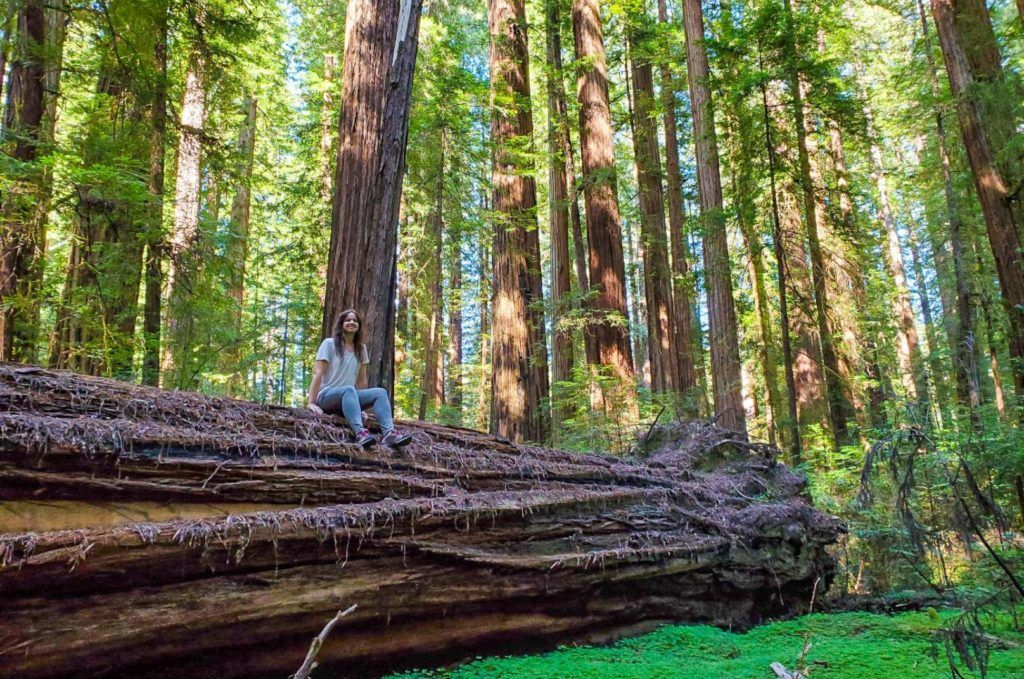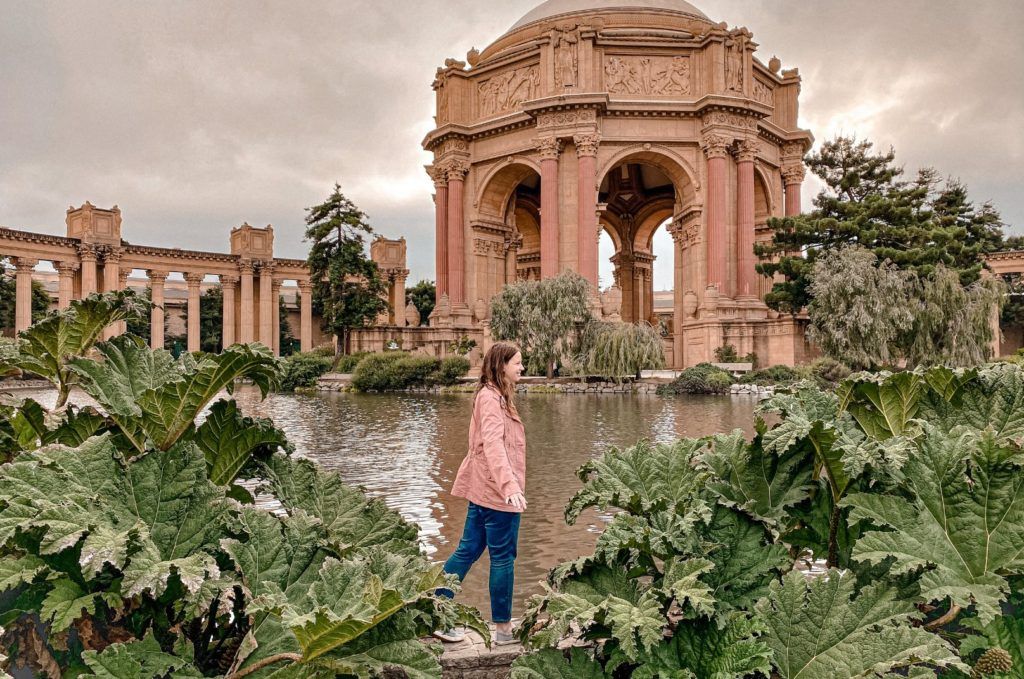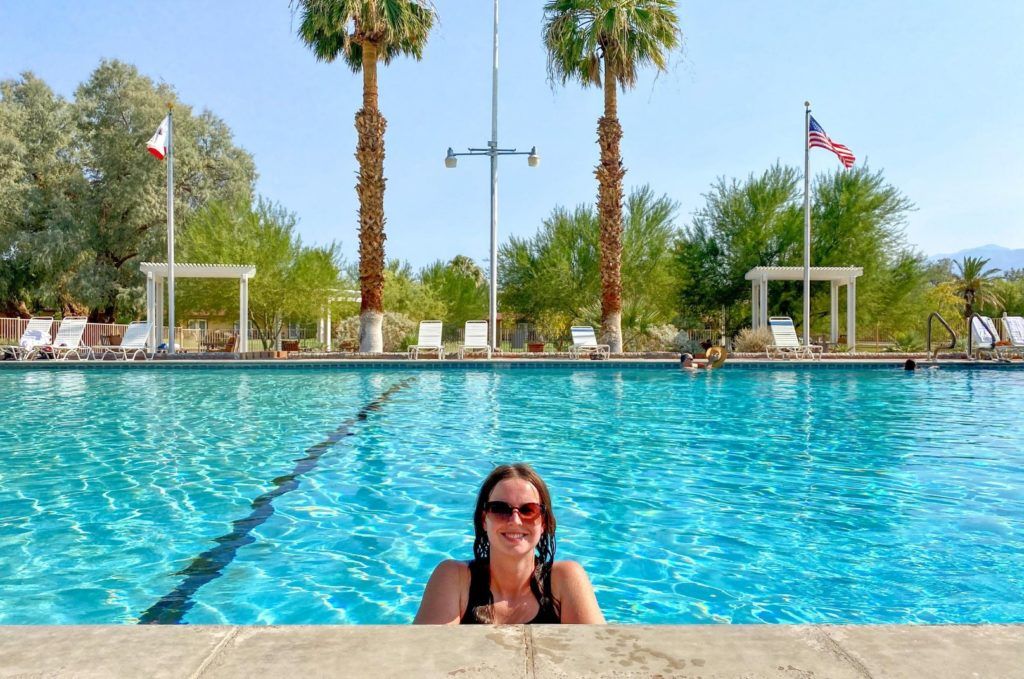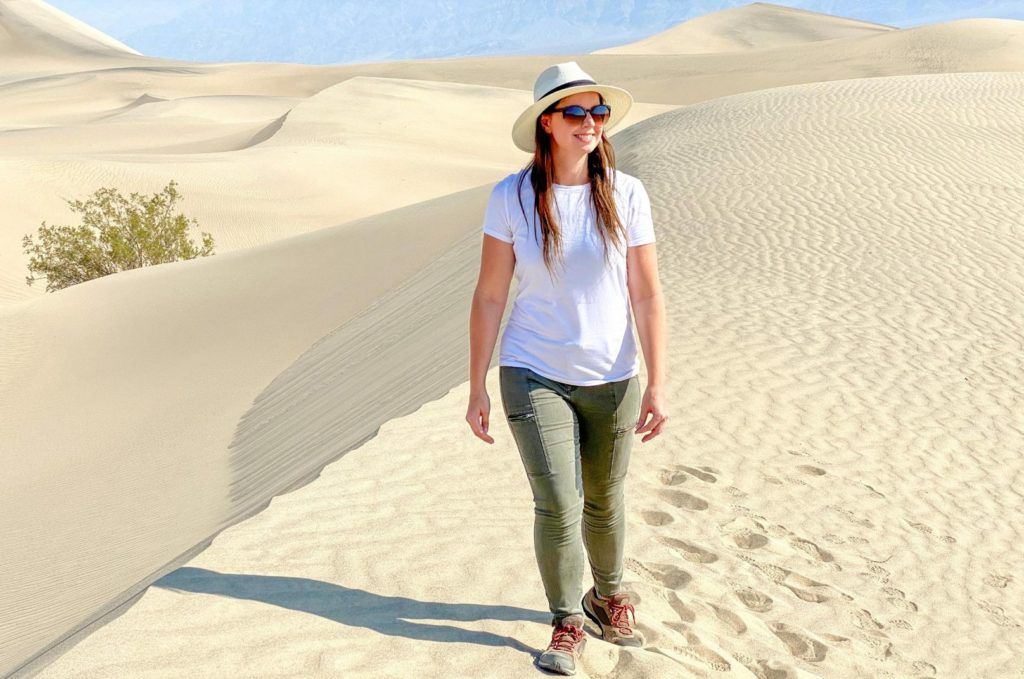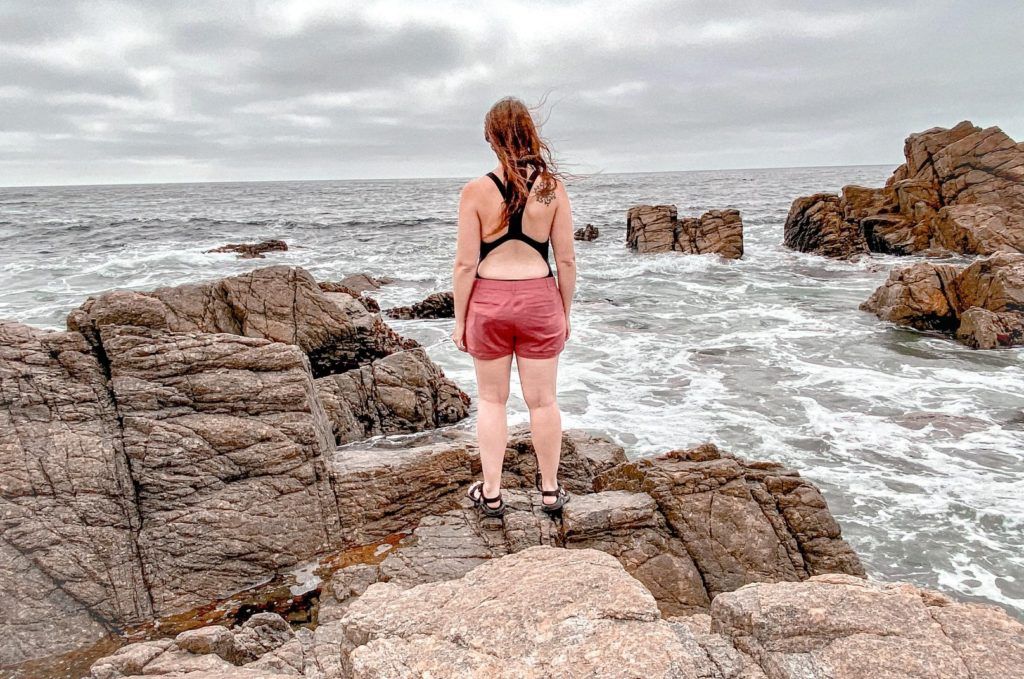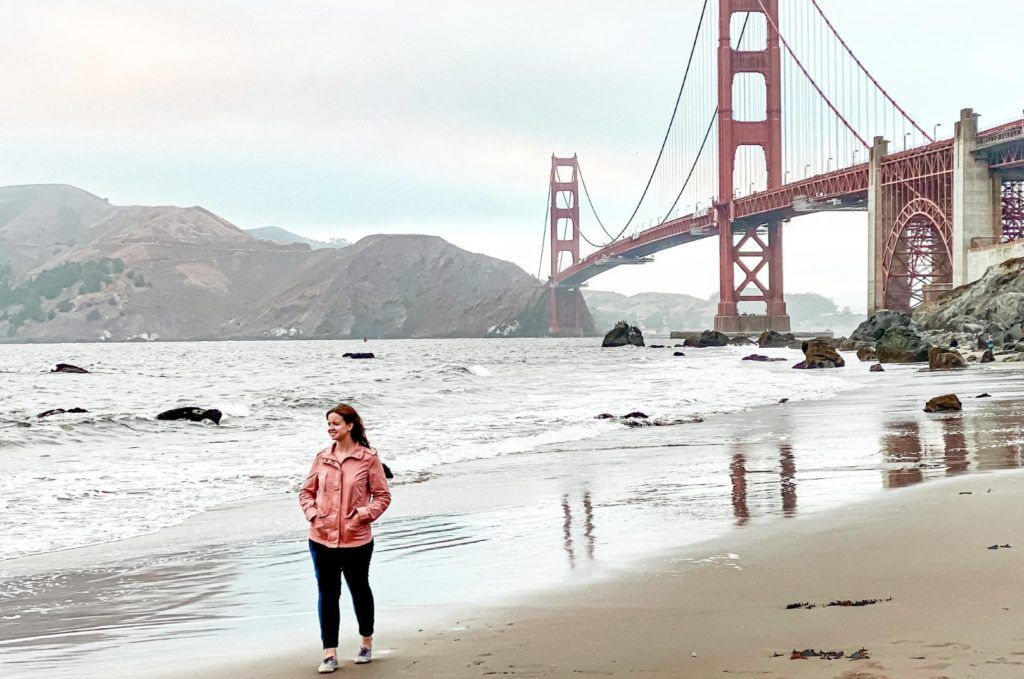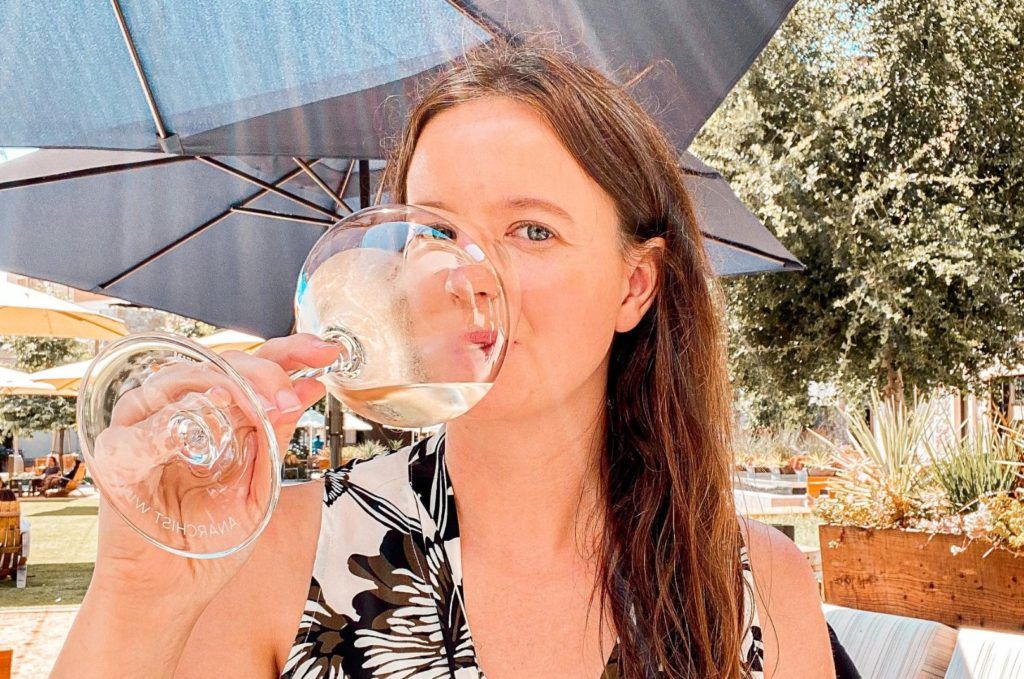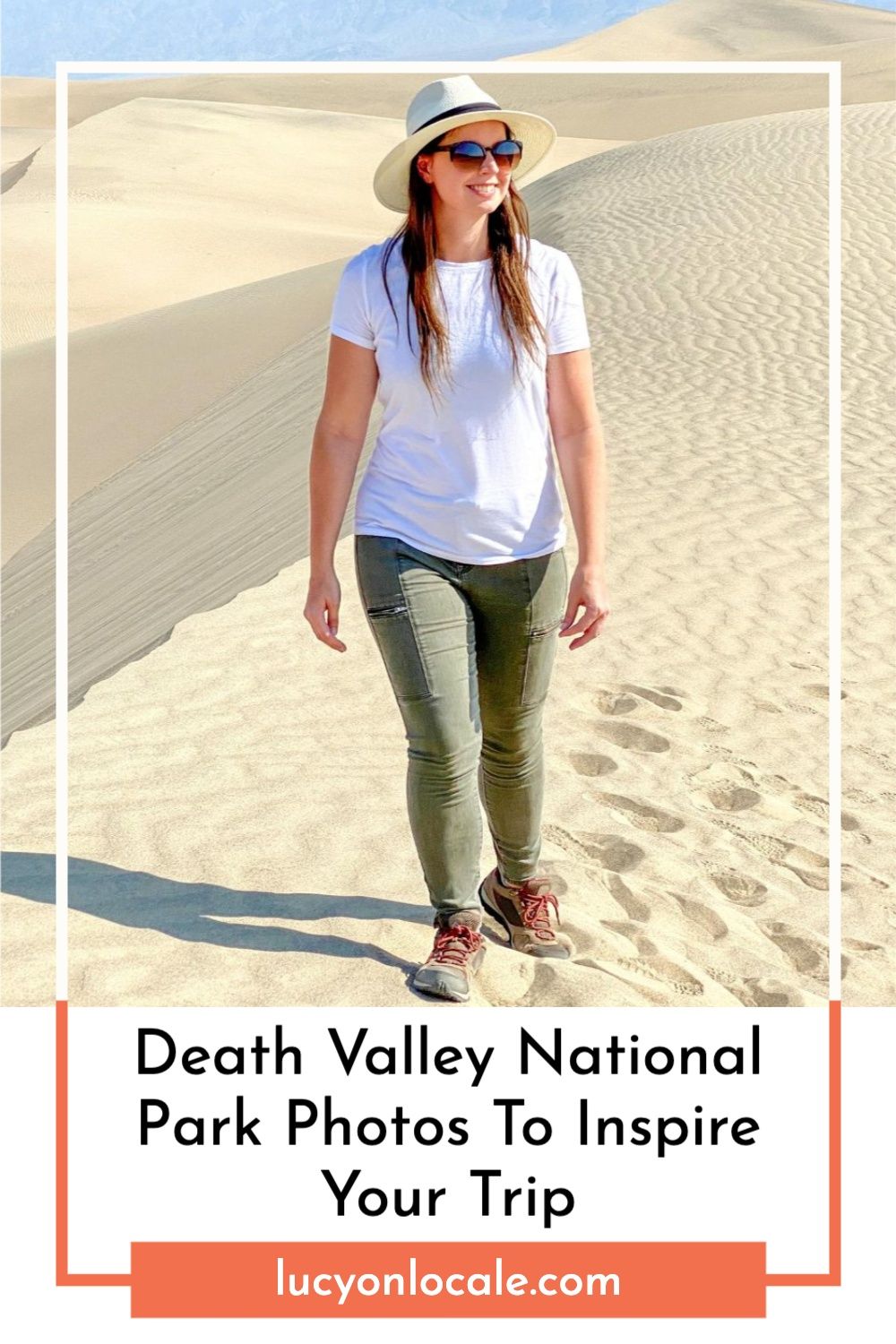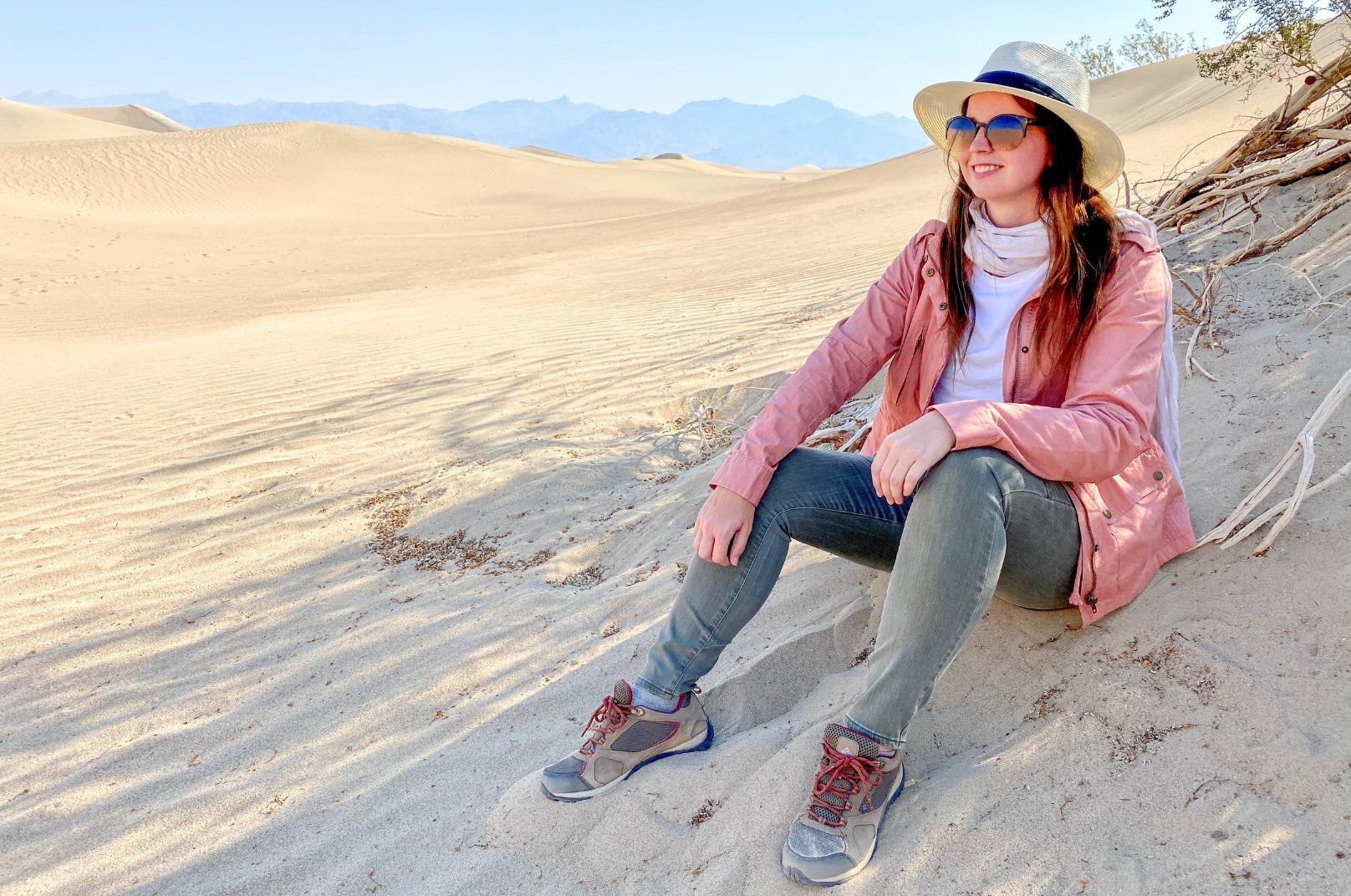
Death Valley is one of the best off-the-beaten-path national parks to explore, and I highly recommend visiting Death Valley as part of a California National Parks road trip. So here are some of my favorite Death Valley National Park photos to inspire your travel plans!
The Ultimate Death Valley National Park Guide
The best accommodation in Death Valley are the two Oasis At Death Valley resorts – The Inn At Death Valley and The Ranch At Death Valley. These resorts are true oases, offering comfort, luxury, and a place to cool off during the day without leaving the national park. Death Valley’s best RV park and restaurants are also part of this resort property.
My top recommendations for Death Valley are to hike the Mesquite Flat Sand Dunes, drive the Artist’s Drive and Palette scenic drive, enjoy the overlooks at Dante’s View and Zabriskie Point, and stargaze at Badwater Basin.
Here are my top Death Valley National Park Photos to inspire your next adventure!

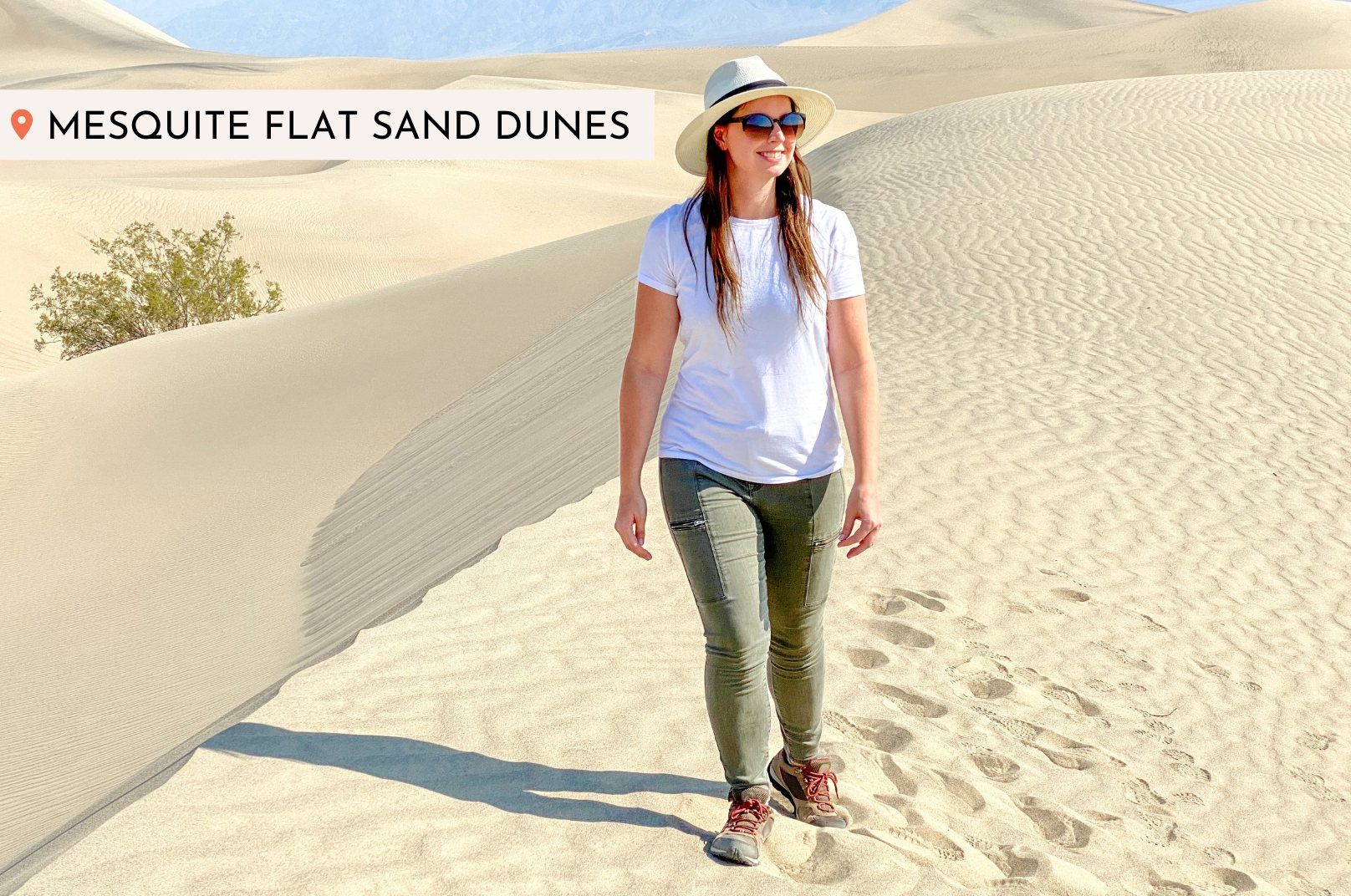
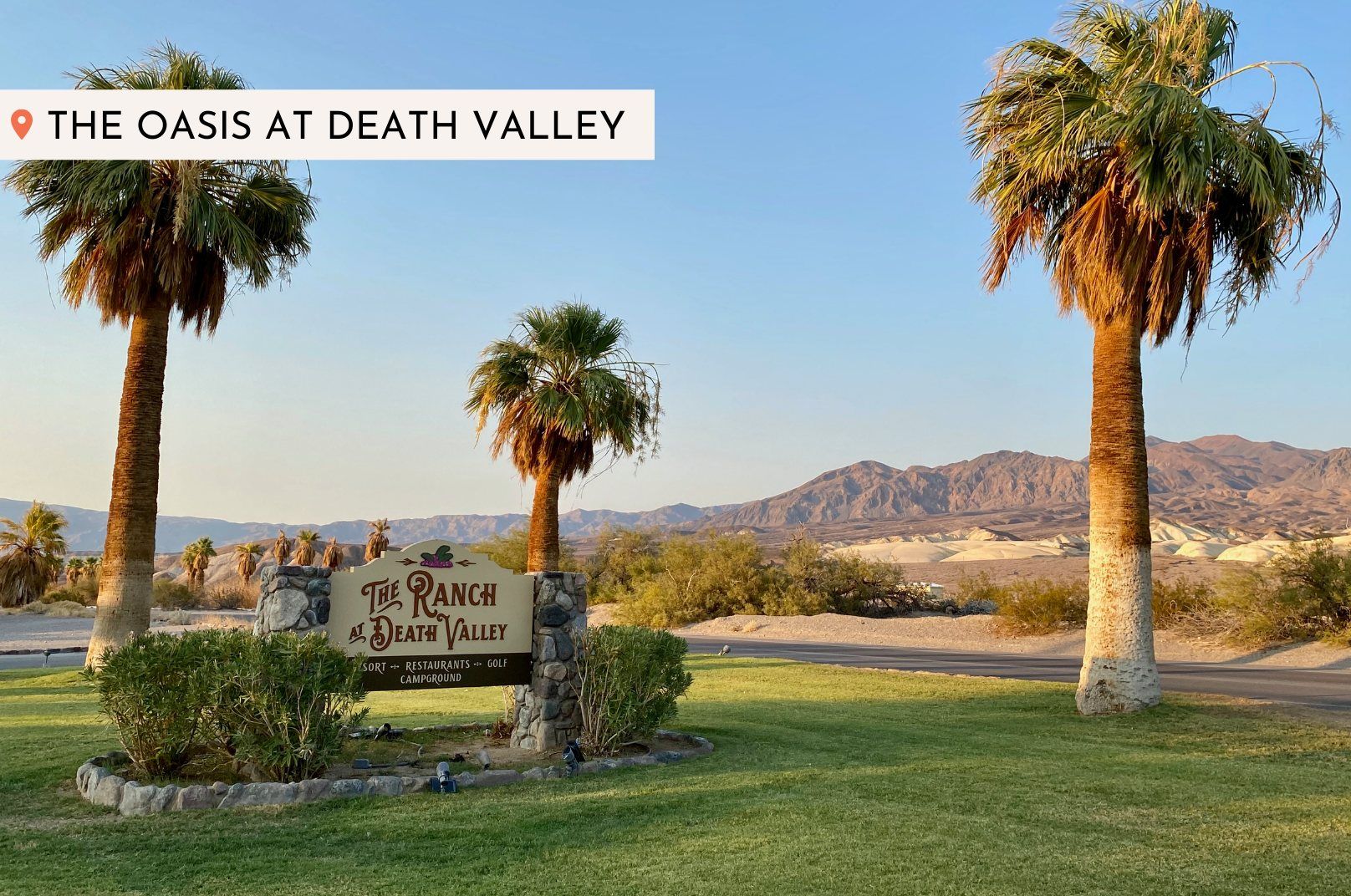
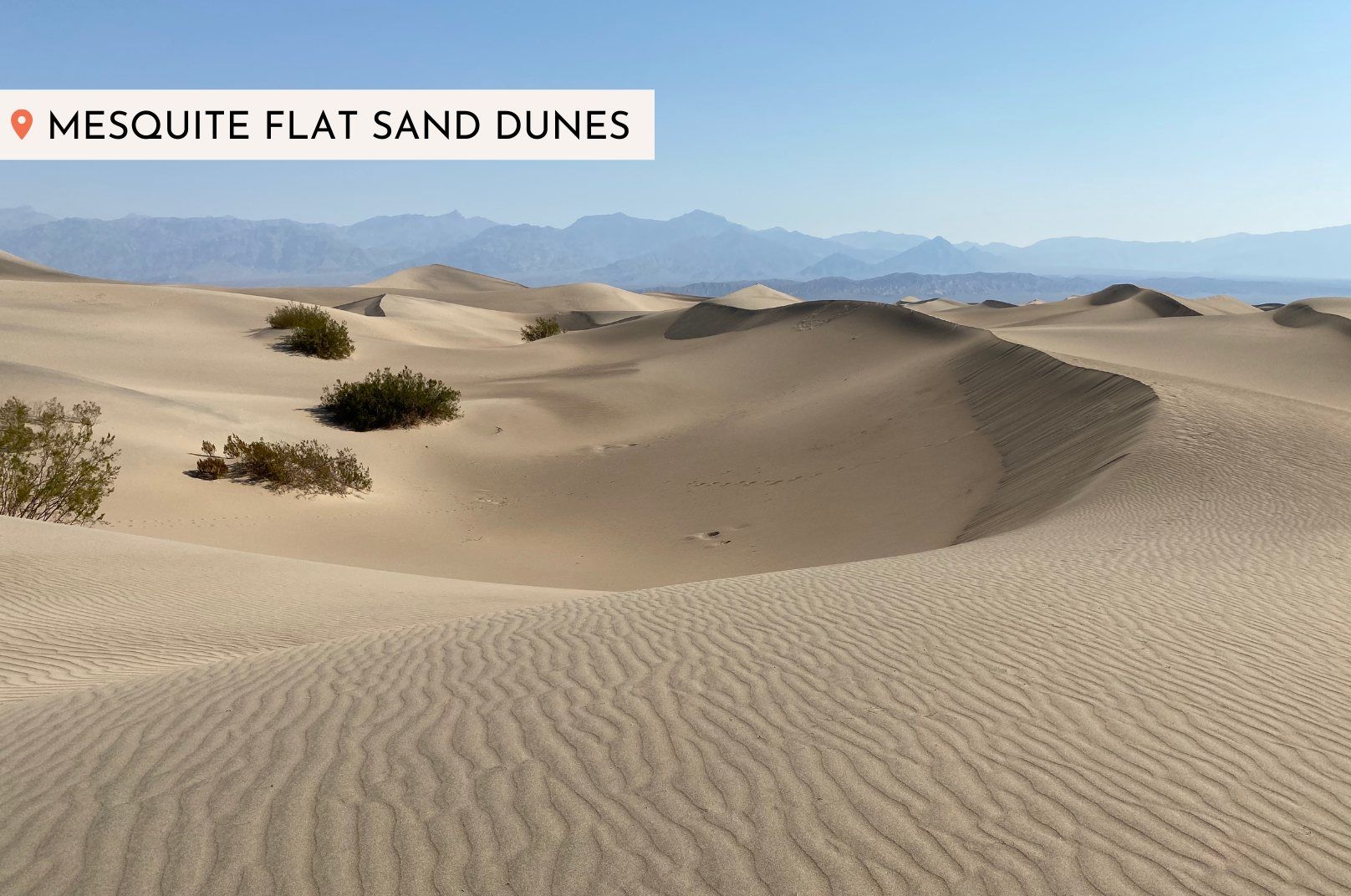
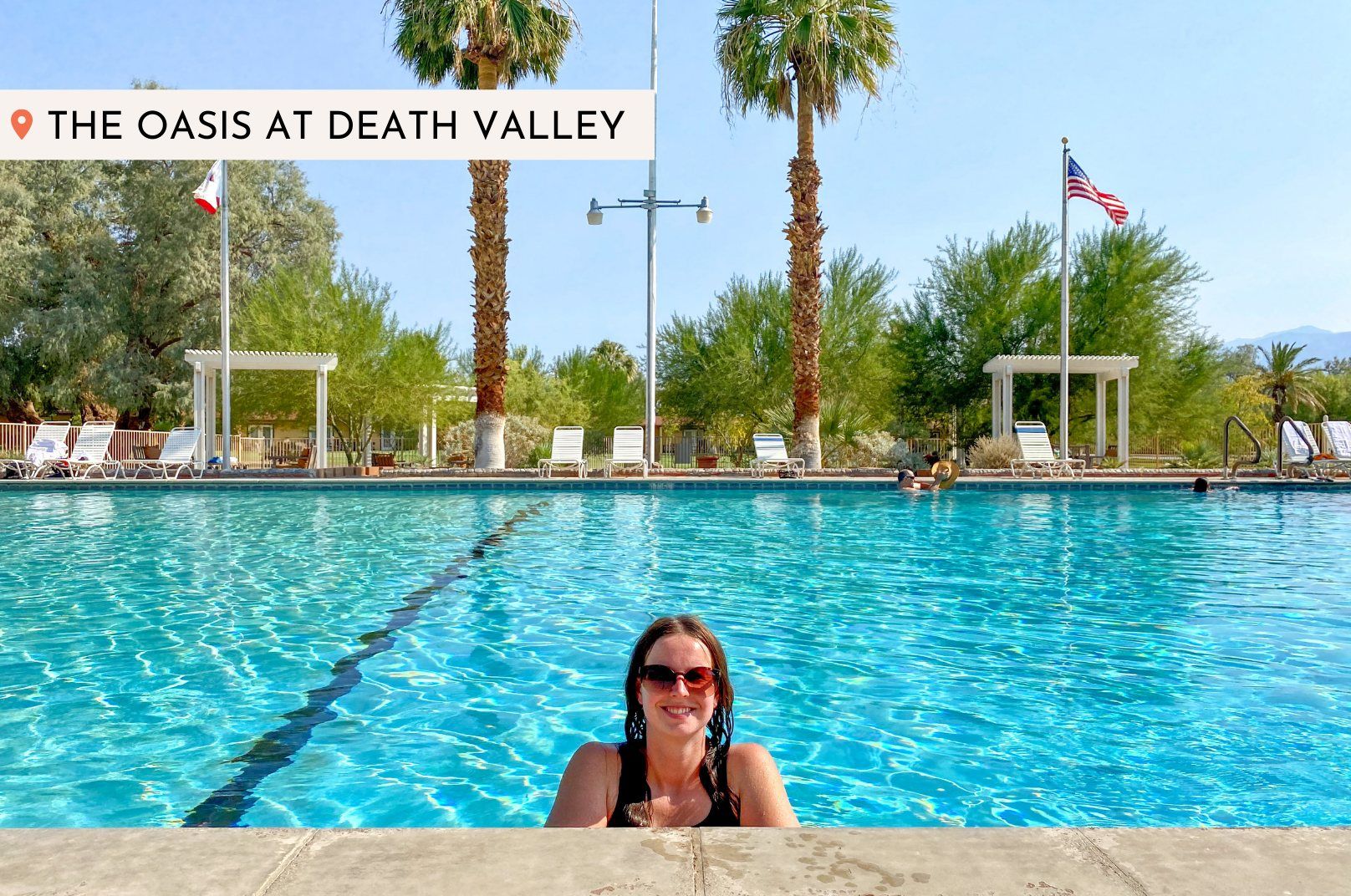
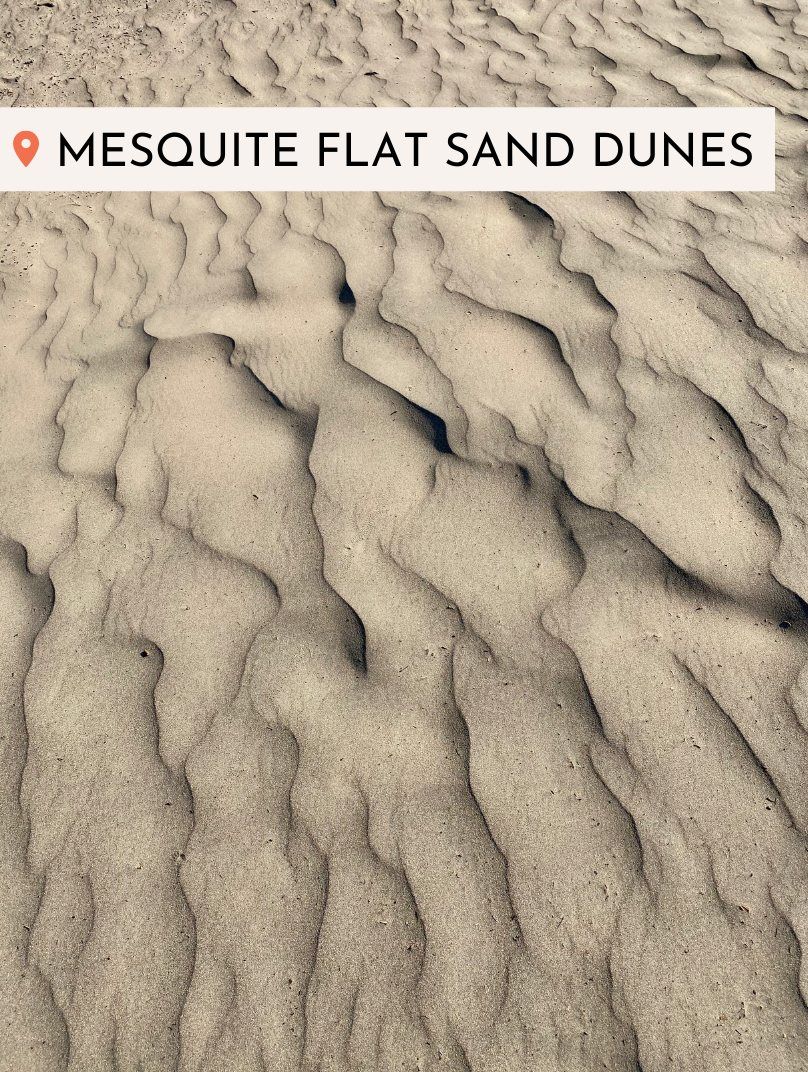
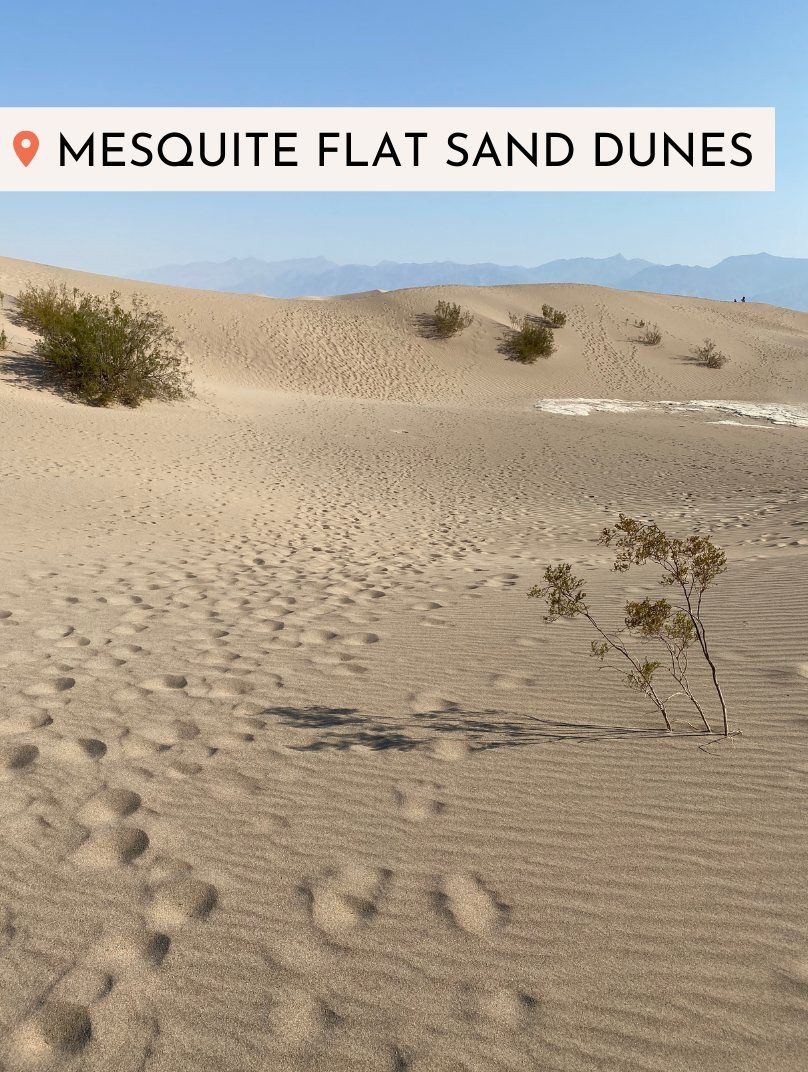
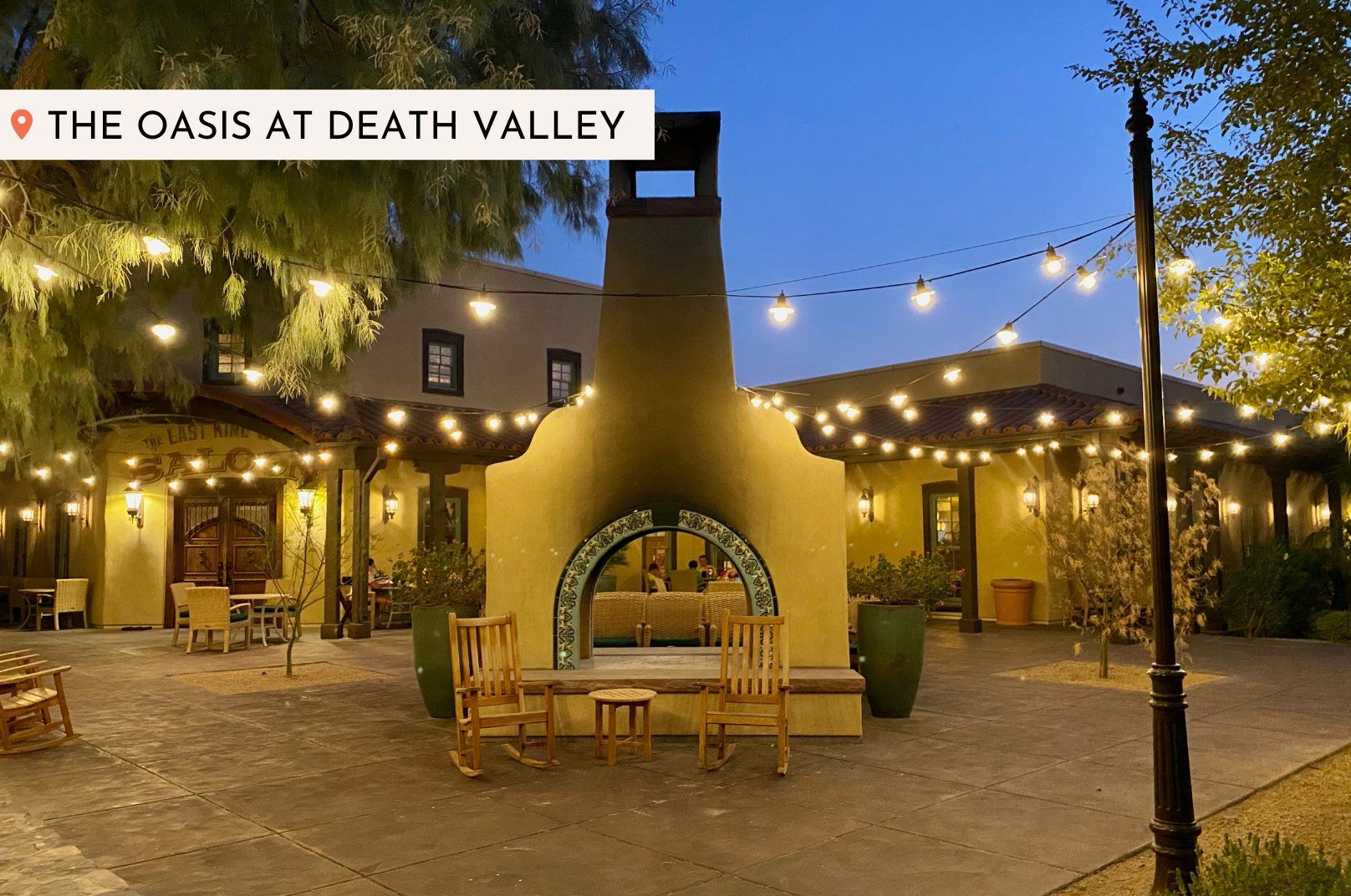
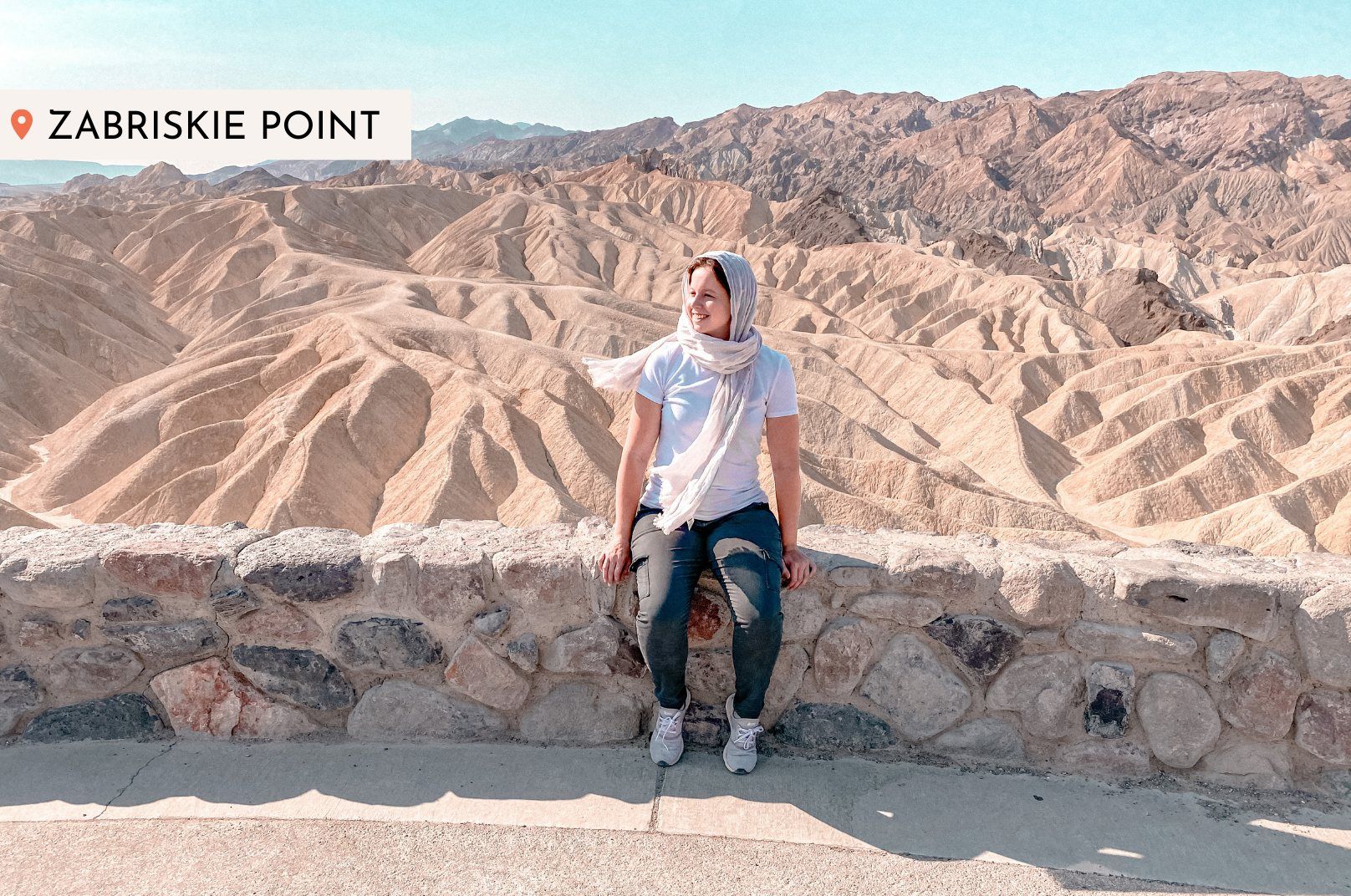
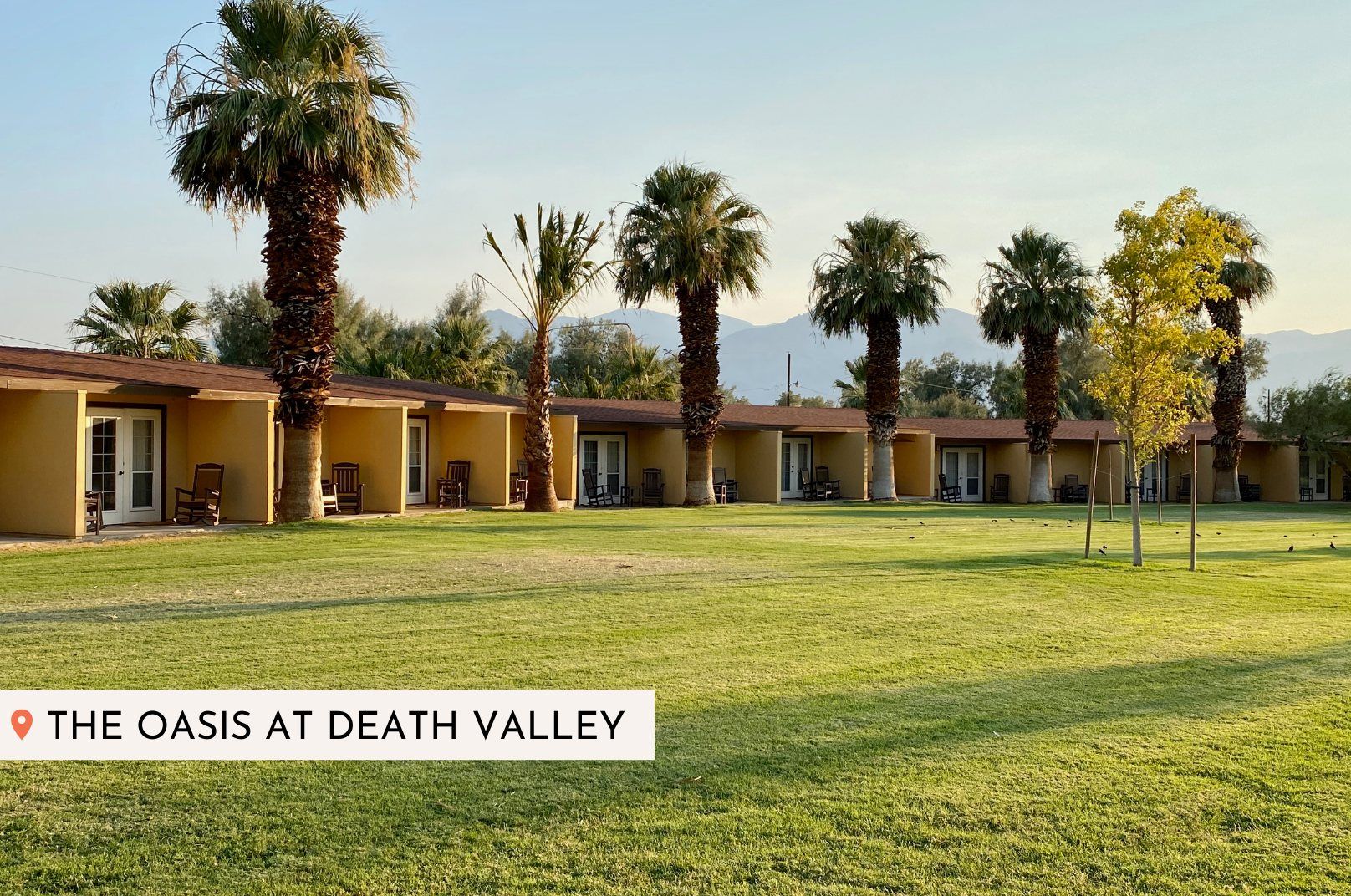
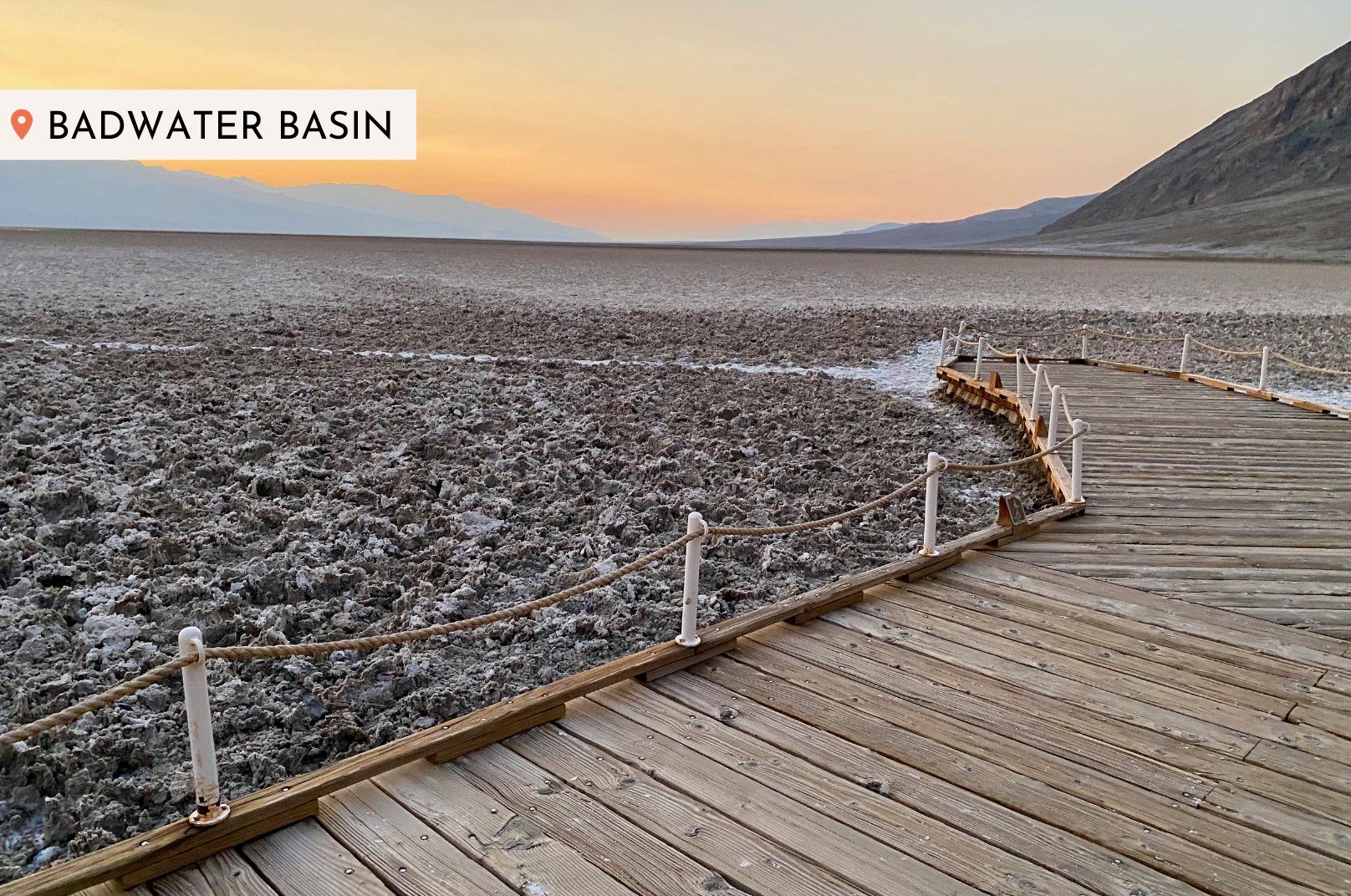
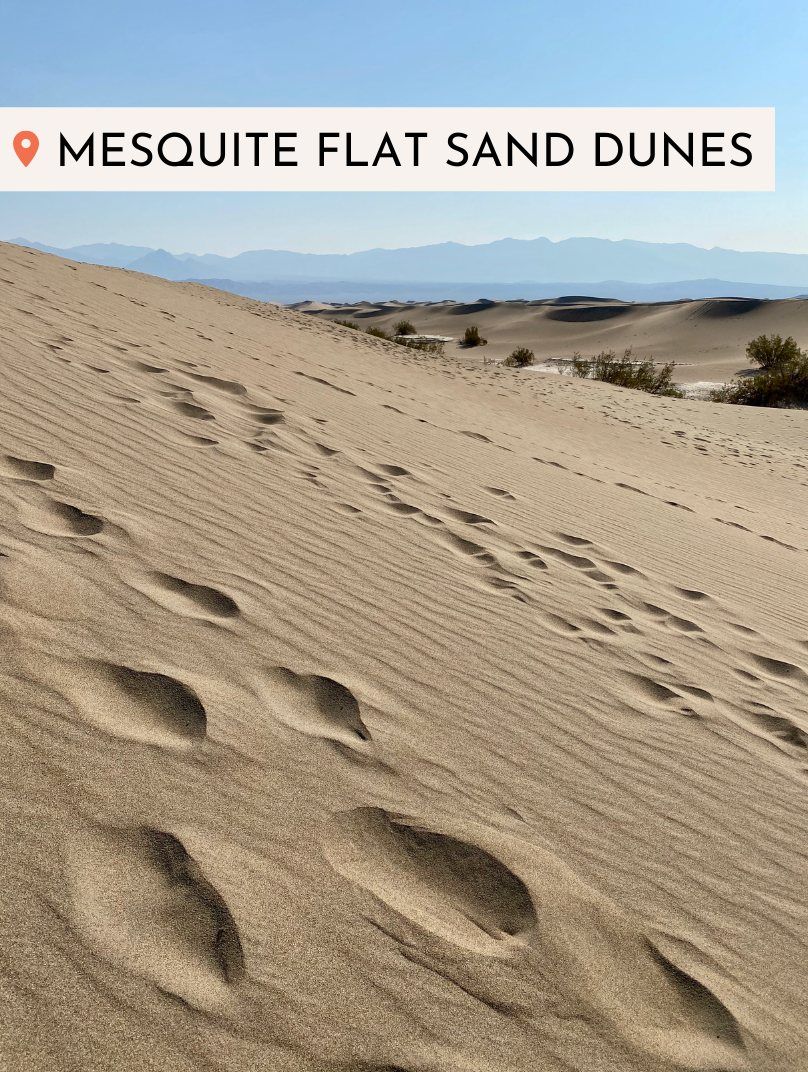
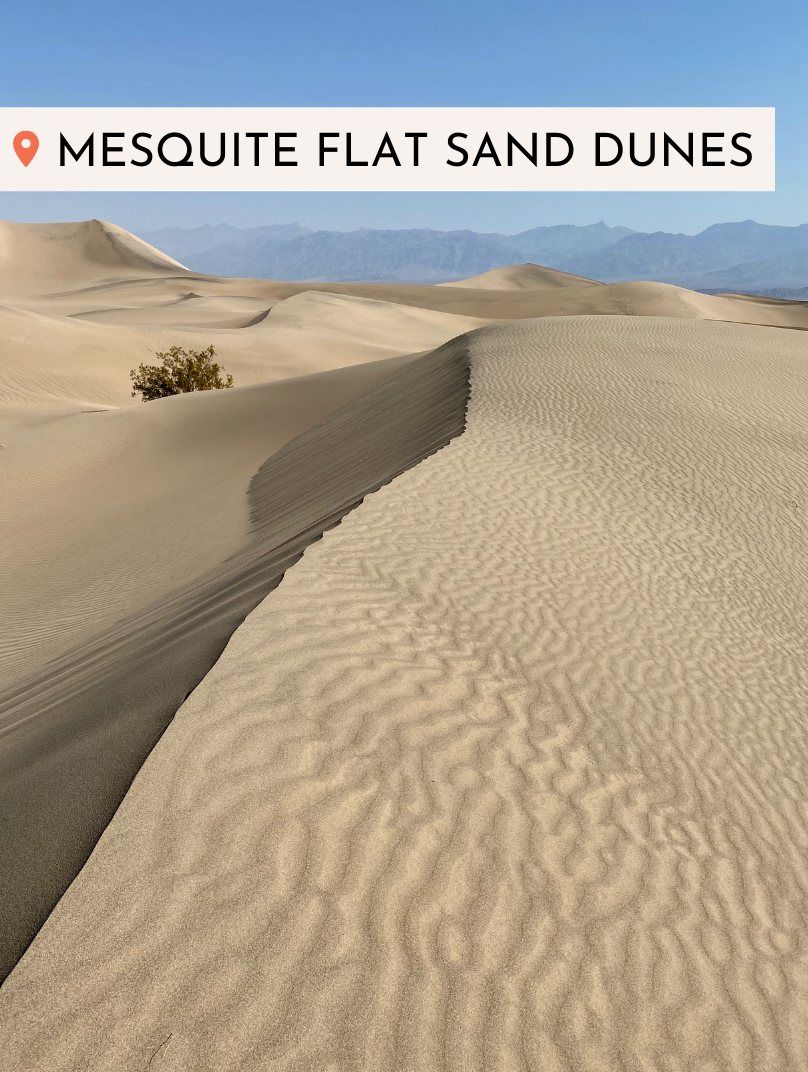
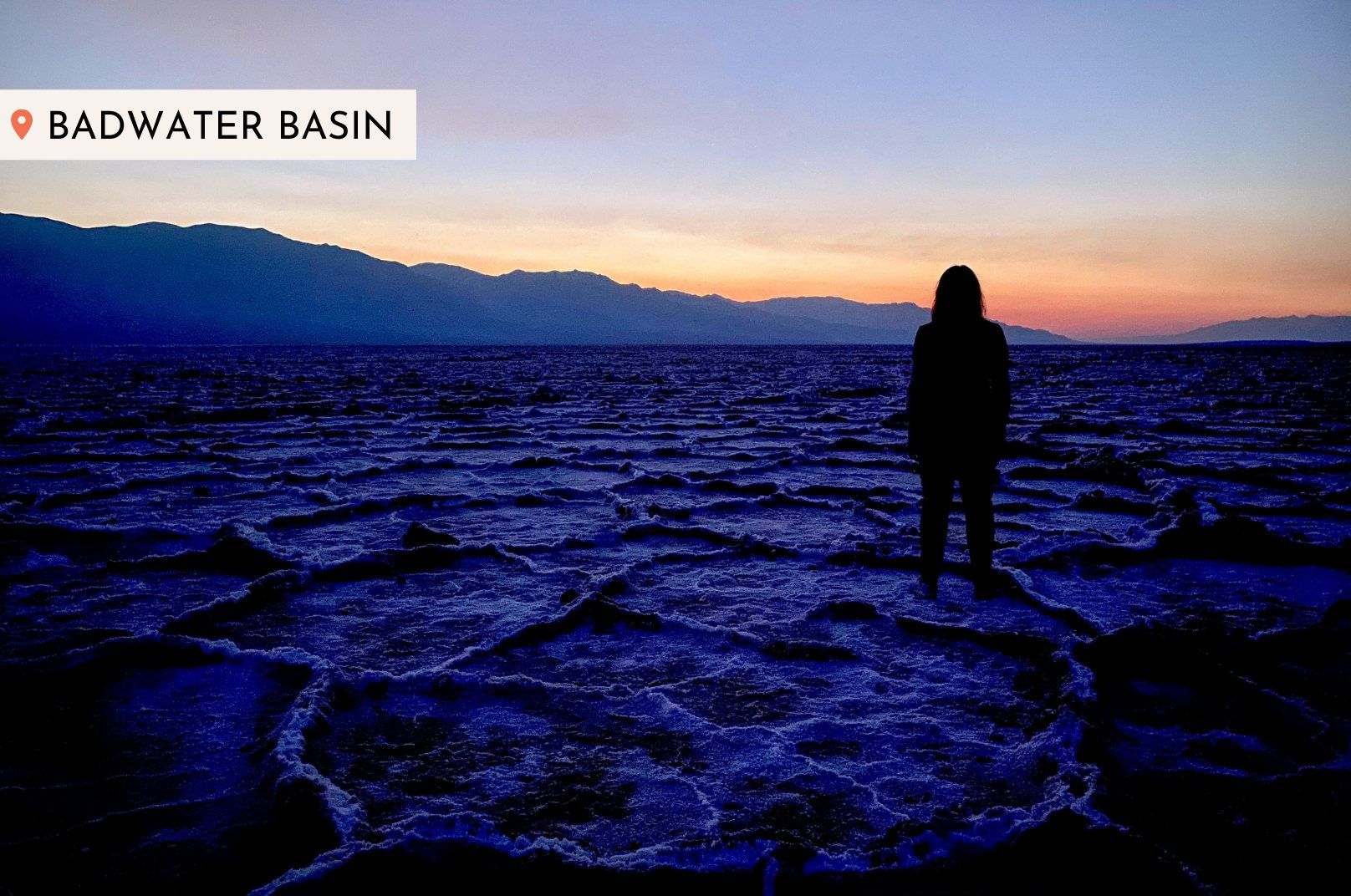
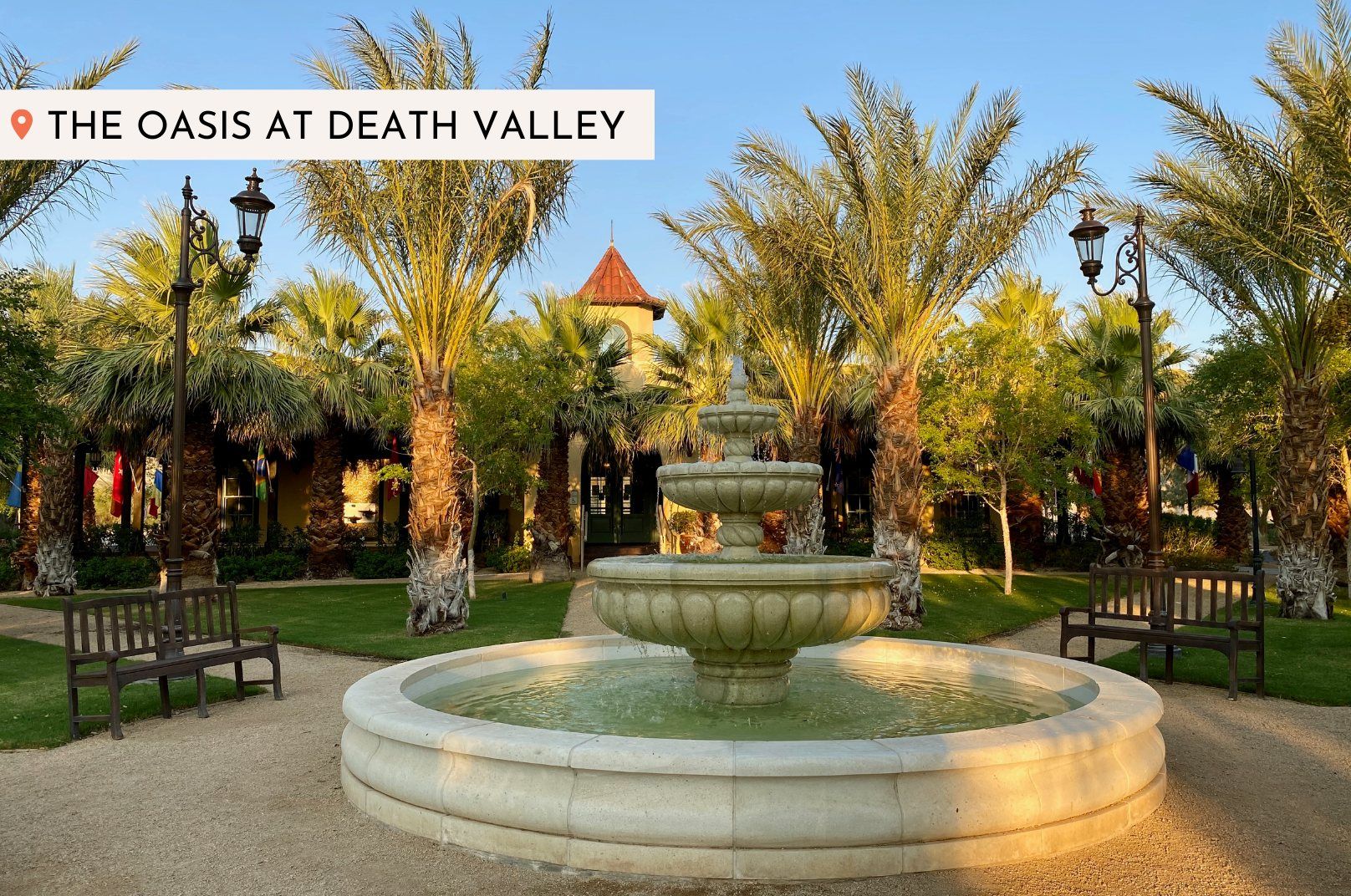
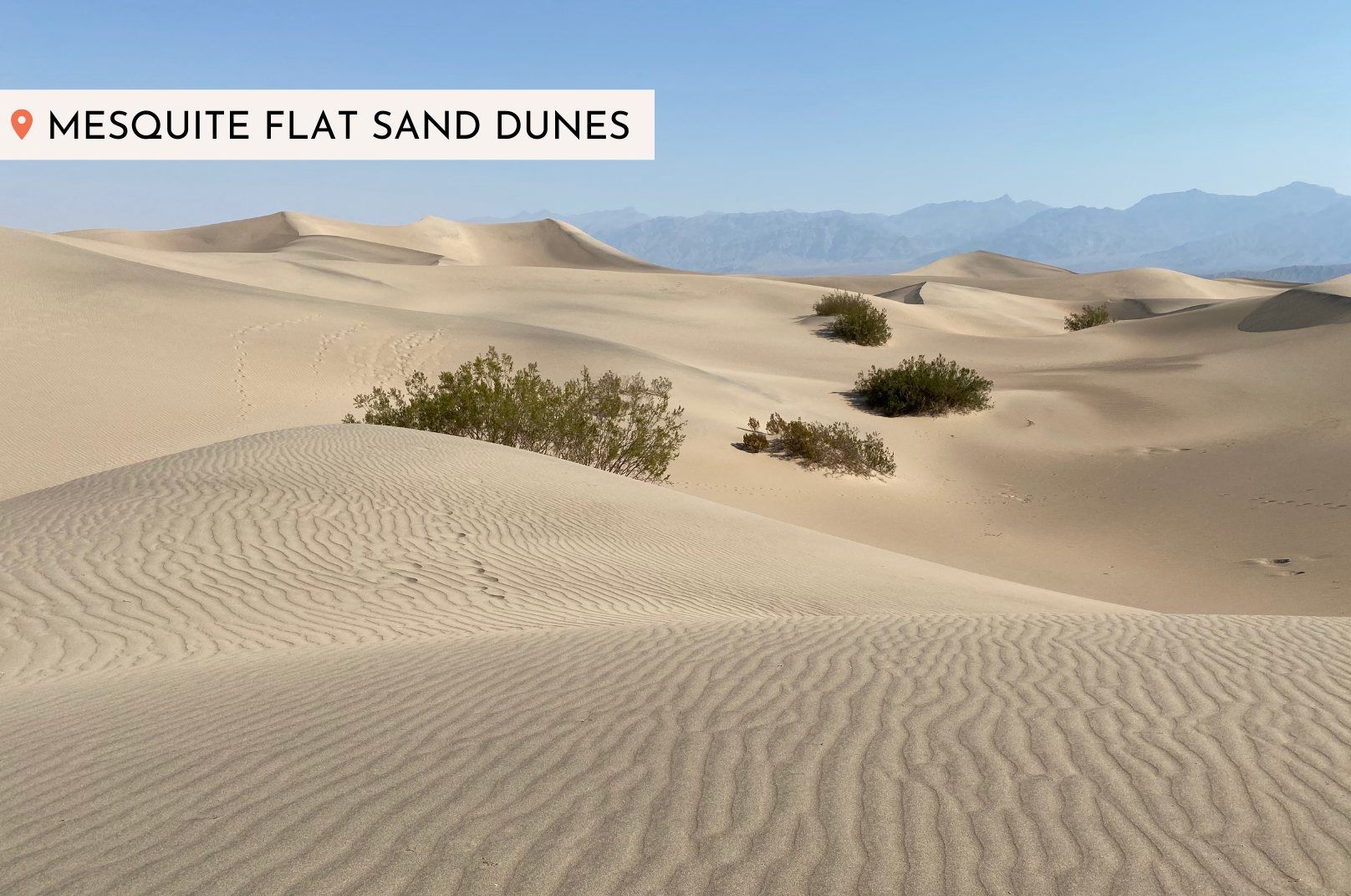
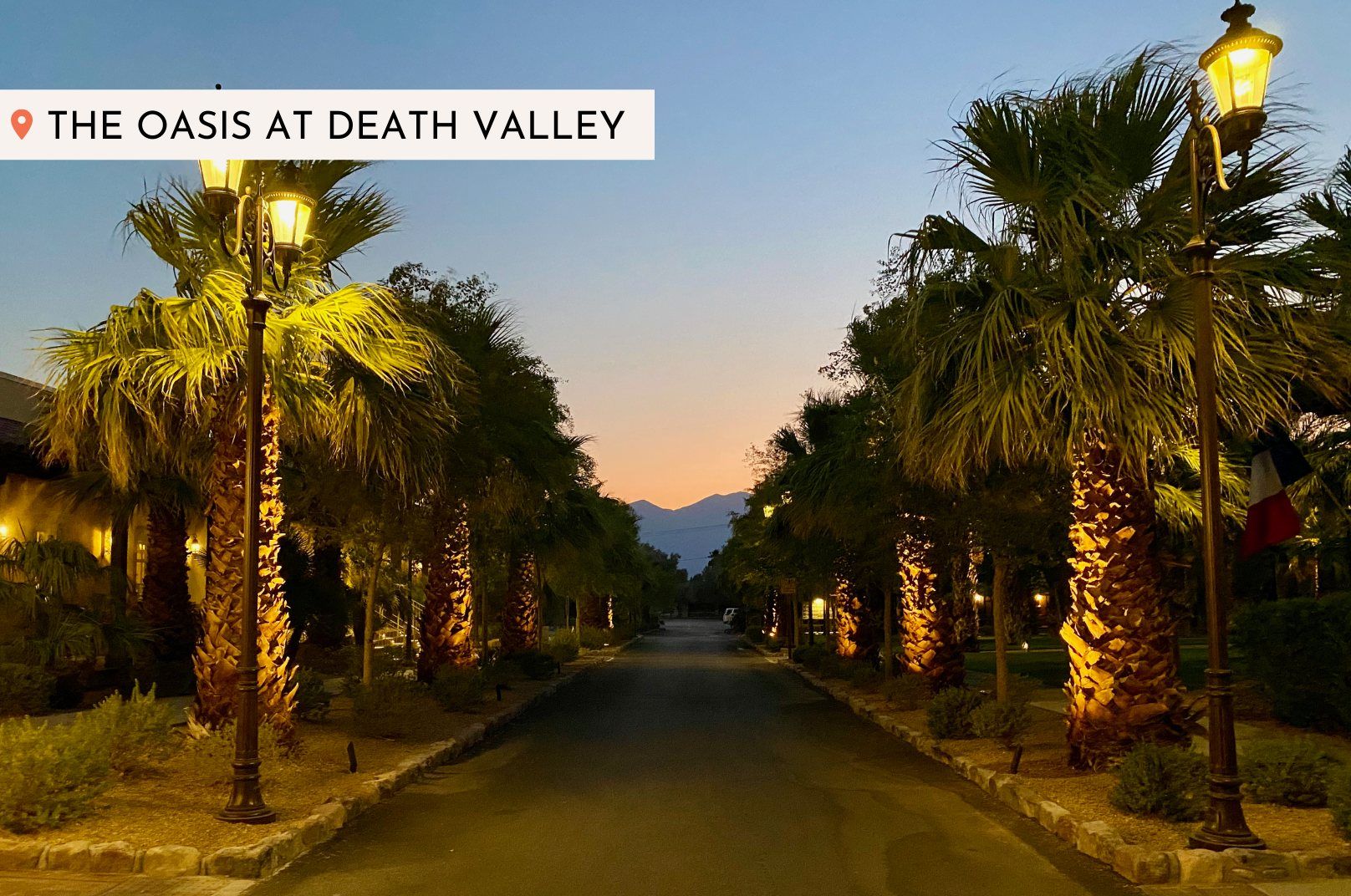
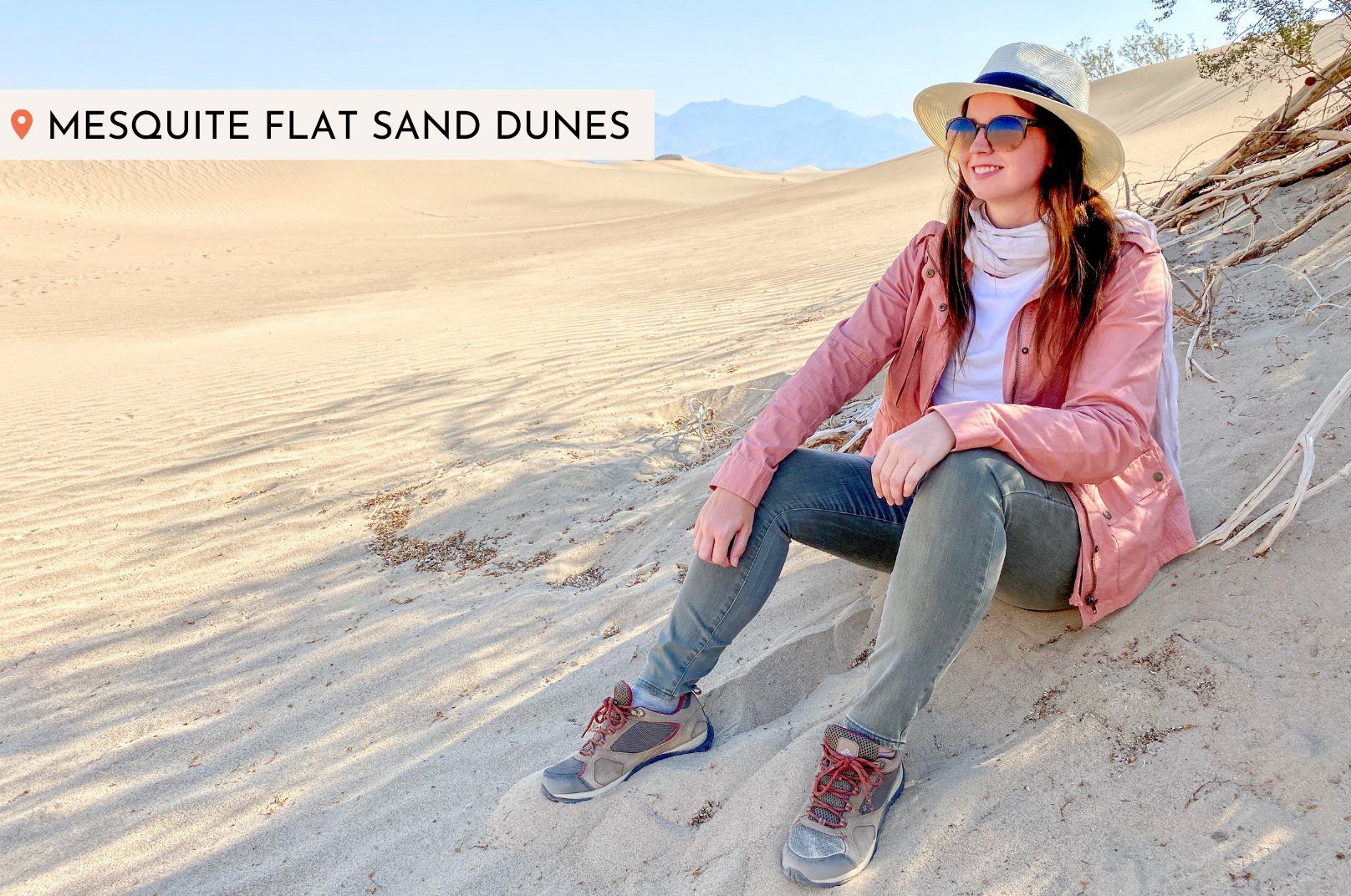
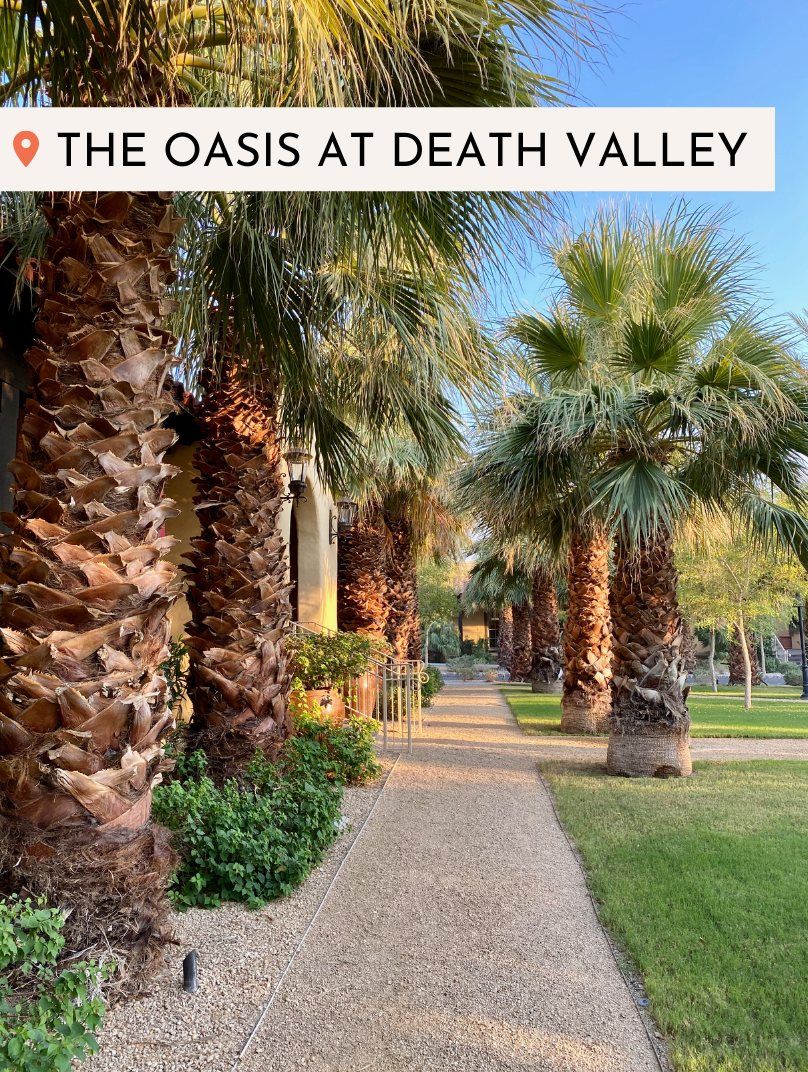
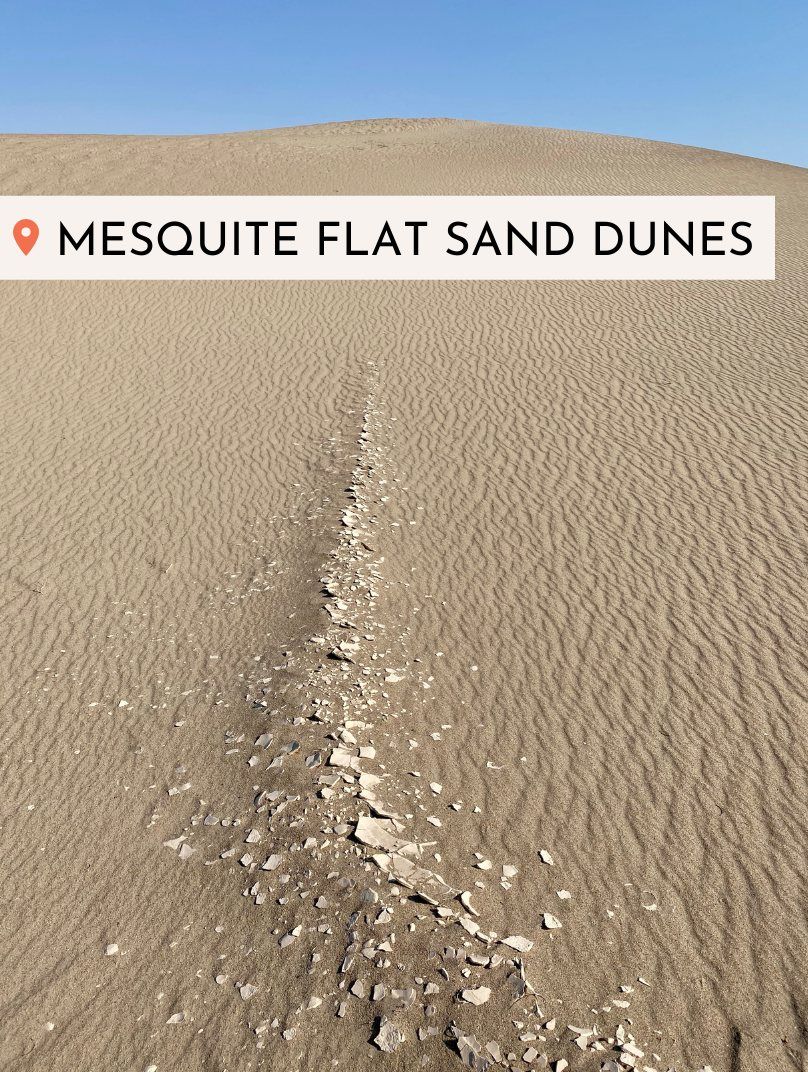
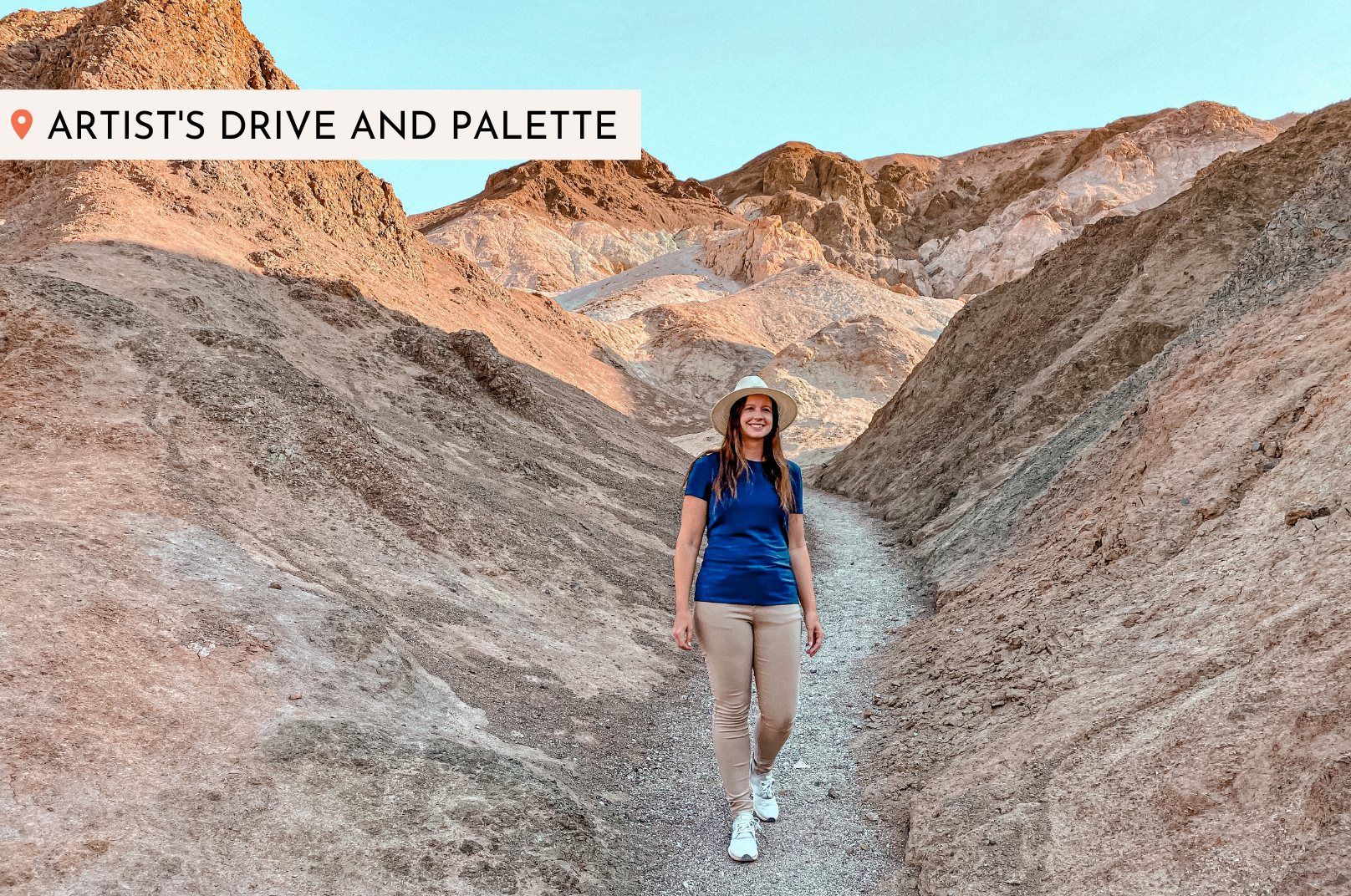

Shop My Desert Essentials

Did these Death Valley National Park photos inspire you to visit? Let us know in the comments!

For Planning The Rest Of Your California Trip

Frequently Asked Questions
What is Death Valley National Park famous for?
Death Valley is famous for being the largest national park south of Alaska, and for being North America’s driest and hottest place.
I highly recommend spending 2-3 days in Death Valley (there’s A LOT to do here). But if you only have a day, then plan on arriving as early as possible to beat the heat and maximize your time.
Why is it called Death Valley?
Death Valley got its name from a group of pioneers lost here in the winter of 1849-1850. Only one of the group died in Death Valley, but they all assumed that this would be their grave.
The Best Things To Do in Death Valley National Park:
Hikes: Mesquite Flat Sand Dunes (easy-moderate), Golden Canyon and Gower Gulch (moderate), Hungry Bill’s Ranch (difficult), Sidewinder Canyon (easy), Ubehebe Peak (difficult), Telescope Peak (very difficult), Wildrose Peak (moderate), Mosaic Canyon (easy).
Scenic Drives: Artist’s Drive and Palette – a paved loop suitable for all cars. Twenty Mule Team Canyon – unpaved loop; high-clearance vehicles are recommended. Titus Canyon – a 27-mile drive from Scotty’s Castle Road to Nevada Highway 374 just outside the park entrance; high-clearance vehicles are recommended.
Overlooks: Dante’s View, Zabriskie Point, on top of one of the higher dunes in Mesquite Flat Sand Dunes, Father Crowley Overlook, Aguereberry Point.
At Night: start your hike out to Badwater Basin at sunset and then patiently wait for the park’s extraordinary night skies; participate in a ranger-led night sky viewing.
Guided Tours: Farabee Jeep Tour to Racetrack, a horseback ride with Furnace Creek Stables.
Star Wars Filming Sites: Mesquite Flat Sand Dunes for shots of R2-D2 rolling through the desert after he and C-3P0 crash-land their escape pod; Artist’s Drive and Palette where Jawas abducted R2-D2; Desolation Canyon where Luke encounters the Tusken Raiders; The panoramic view from Dante’s View served as the panoramic shot of Mos Eisley; Twenty Mule Team Canyon is the road that leads to Jabba’s Palace.
Do people live in Death Valley?
Yes. About 300 people live in Death Valley year-round.
What is the best time to visit Death Valley?
Spring is the most popular season to visit Death Valley, so book your tours and accommodation in advance (especially if you’re camping). In early Spring, temperatures are in the 70s and 80s during the day (21-27ºC) and in the 50s and 60s (10-15ºC) at night. But by late April, it’ll be in the 90s (32ºC). If there’s been any winter rain, then the wildflowers will be out on many of the higher-elevation hikes.
Summer temperatures are in the 100’s (38ºC) during all but the earliest hours of the morning. So the key to enjoying summer in Death Valley is to start your day around sunrise, do the hikes, drives, or tours you want to do, then head back indoors for the afternoon until you go back out for sunset and the night skies. Summer is Death Valley’s low season, so some tour companies, accommodation, and restaurants aren’t open.
Fall in Death Valley starts in October when temperatures decline to the 90s (32ºC) during the day and the 60s (15ºC) at night. Rangers programs and guided tours are in full swing, and as long as you avoid the holidays, the park is still relatively uncrowded. The Death Valley ‘49ers Encampment in November is a fantastic festival of old-time western music, art, and events that celebrate Death Valley’s pioneer spirit.
Most people are surprised to learn that Death Valley is cold in the Winter, with lows at night in the 40s (4ºC). Everything – tours, accommodation, etc. – is fully open in the Winter, though keep in mind that the days are much shorter during these months. Winter occasionally sees rain in the valley and usually brings snow to the Panamint Mountains.
Is Death Valley hot in May?
Yes. Daytime temperatures can already be in the 100s in May, so you’ll need to only be out in the morning or evening.
The Best Things To Do in Death Valley National Park:
Hikes: Mesquite Flat Sand Dunes (easy-moderate), Golden Canyon and Gower Gulch (moderate), Hungry Bill’s Ranch (difficult), Sidewinder Canyon (easy), Ubehebe Peak (difficult), Telescope Peak (very difficult), Wildrose Peak (moderate), Mosaic Canyon (easy).
Scenic Drives: Artist’s Drive and Palette – a paved loop suitable for all cars. Twenty Mule Team Canyon – unpaved loop; high-clearance vehicles are recommended. Titus Canyon – a 27-mile drive from Scotty’s Castle Road to Nevada Highway 374 just outside the park entrance; high-clearance vehicles are recommended.
Overlooks: Dante’s View, Zabriskie Point, on top of one of the higher dunes in Mesquite Flat Sand Dunes, Father Crowley Overlook, Aguereberry Point.
At Night: start your hike out to Badwater Basin at sunset and then patiently wait for the park’s extraordinary night skies; participate in a ranger-led night sky viewing.
Guided Tours: Farabee Jeep Tour to Racetrack, a horseback ride with Furnace Creek Stables.
Star Wars Filming Sites: Mesquite Flat Sand Dunes for shots of R2-D2 rolling through the desert after he and C-3P0 crash-land their escape pod; Artist’s Drive and Palette where Jawas abducted R2-D2; Desolation Canyon where Luke encounters the Tusken Raiders; The panoramic view from Dante’s View served as the panoramic shot of Mos Eisley; Twenty Mule Team Canyon is the road that leads to Jabba’s Palace.
How cold does Death Valley get?
Temperatures in Death Valley’s higher elevations can drop below freezing in the winter.
Are there mosquitoes in Death Valley?
No, there are no mosquitoes in Death Valley.
Does Death Valley get snow?
Now is possible, but rare, in Death Valley’s highest elevations in the winter.
Spring is the most popular season to visit Death Valley, so book your tours and accommodation in advance (especially if you’re camping). In early Spring, temperatures are in the 70s and 80s during the day (21-27ºC) and in the 50s and 60s (10-15ºC) at night. But by late April, it’ll be in the 90s (32ºC). If there’s been any winter rain, then the wildflowers will be out on many of the higher-elevation hikes.
Summer temperatures are in the 100’s (38ºC) during all but the earliest hours of the morning. So the key to enjoying summer in Death Valley is to start your day around sunrise, do the hikes, drives, or tours you want to do, then head back indoors for the afternoon until you go back out for sunset and the night skies. Summer is Death Valley’s low season, so some tour companies, accommodation, and restaurants aren’t open.
Fall in Death Valley starts in October when temperatures decline to the 90s (32ºC) during the day and the 60s (15ºC) at night. Rangers programs and guided tours are in full swing, and as long as you avoid the holidays, the park is still relatively uncrowded. The Death Valley ‘49ers Encampment in November is a fantastic festival of old-time western music, art, and events that celebrate Death Valley’s pioneer spirit.
Most people are surprised to learn that Death Valley is cold in the Winter, with lows at night in the 40s (4ºC). Everything – tours, accommodation, etc. – is fully open in the Winter, though keep in mind that the days are much shorter during these months. Winter occasionally sees rain in the valley and usually brings snow to the Panamint Mountains.

This post of Death Valley National Park photos is not a sponsored post, and, as always, the thoughts and opinions expressed in this post of Death Valley National Park photos are entirely my own. Some of these links are affiliate links, and, at no cost to you, I may earn a small commission.
 Travel Shop
Travel Shop Merch
Merch Travel Tips
Travel Tips
 Photography
Photography Points & Miles
Points & Miles Credit Cards
Credit Cards